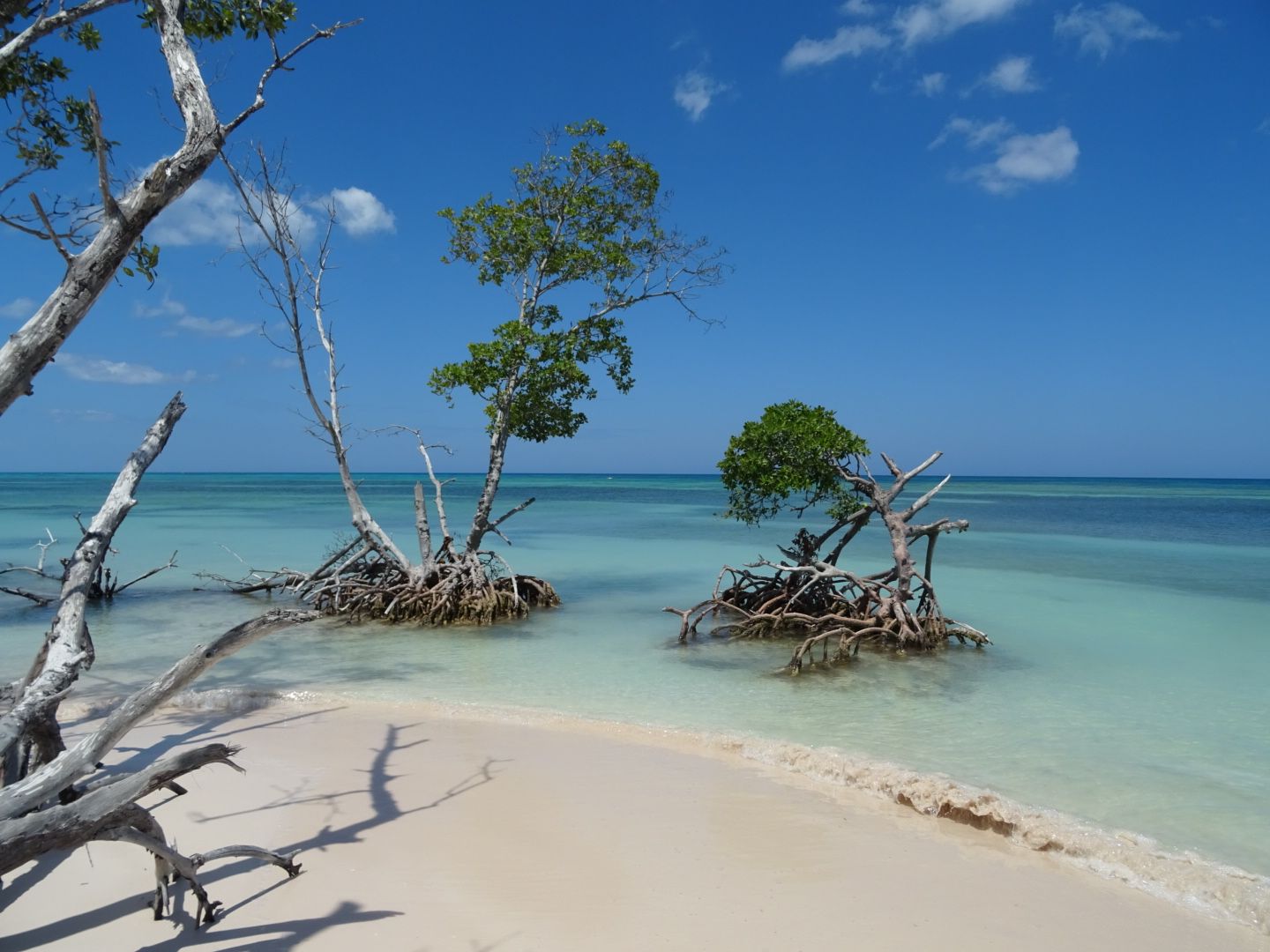
Ich bin dann mal weg
vakantio.de/ich-bin-dann-mal-weg-2223
India, the North: The Golden Triangle and Rajasthan
ޝާއިޢުކޮށްފައިވެއެވެ: 09.11.2022
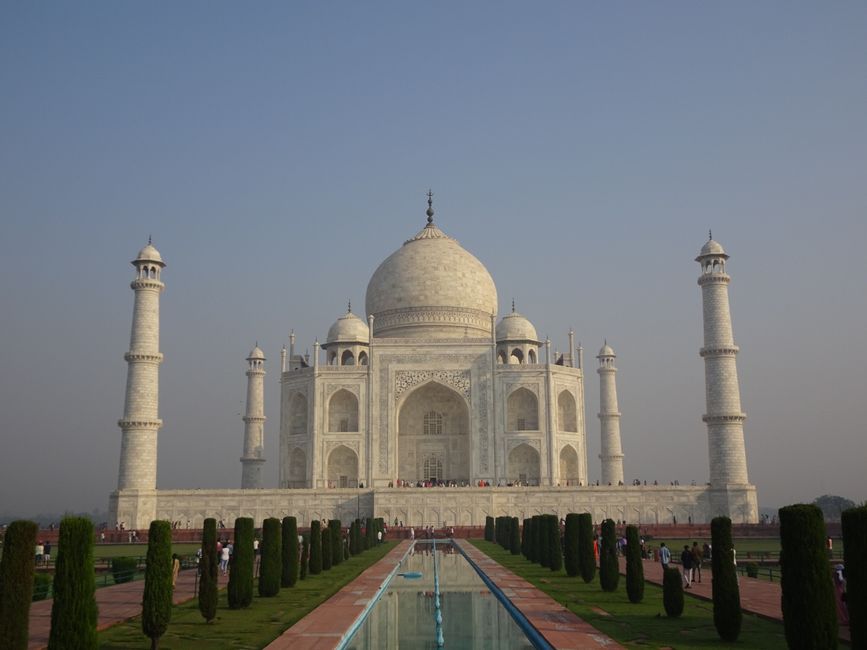
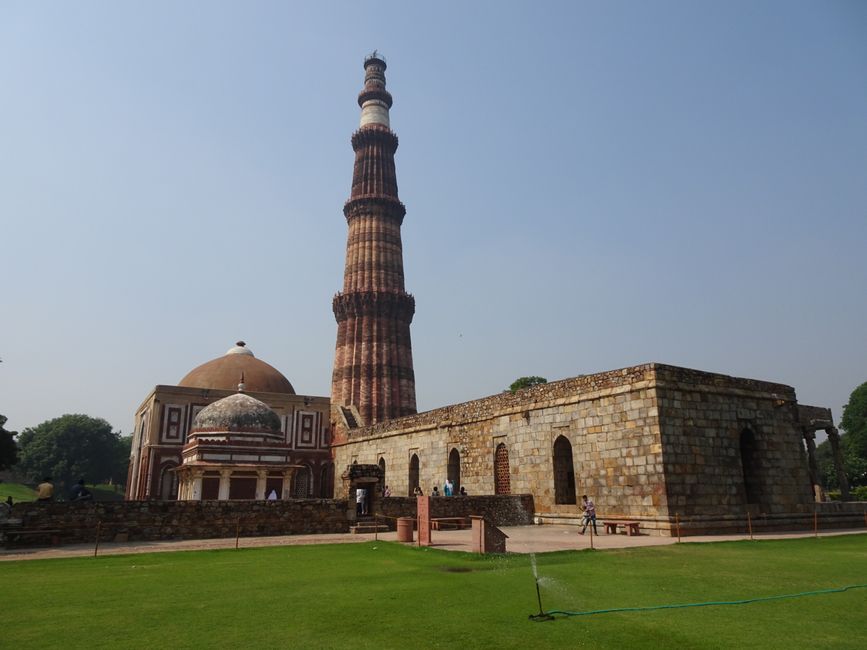
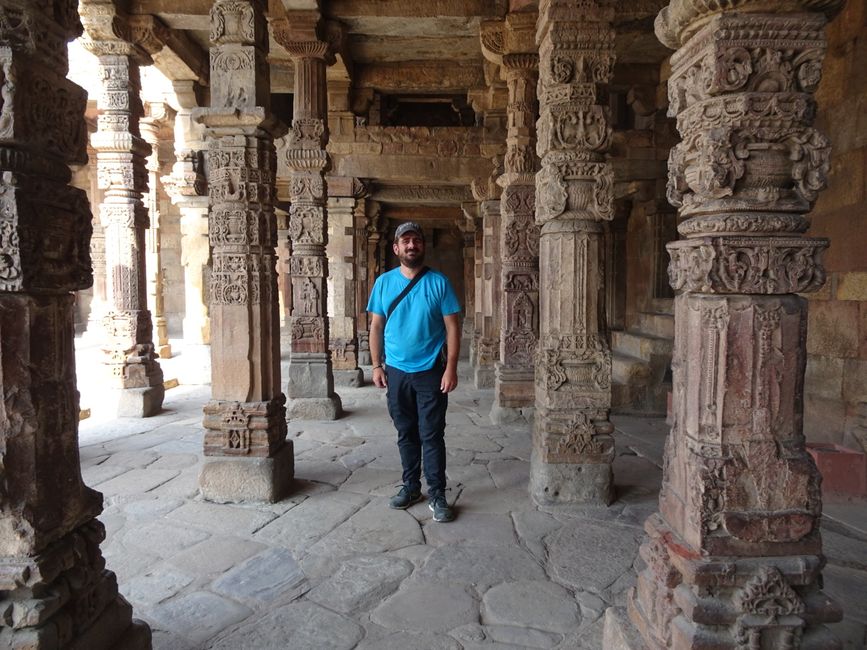
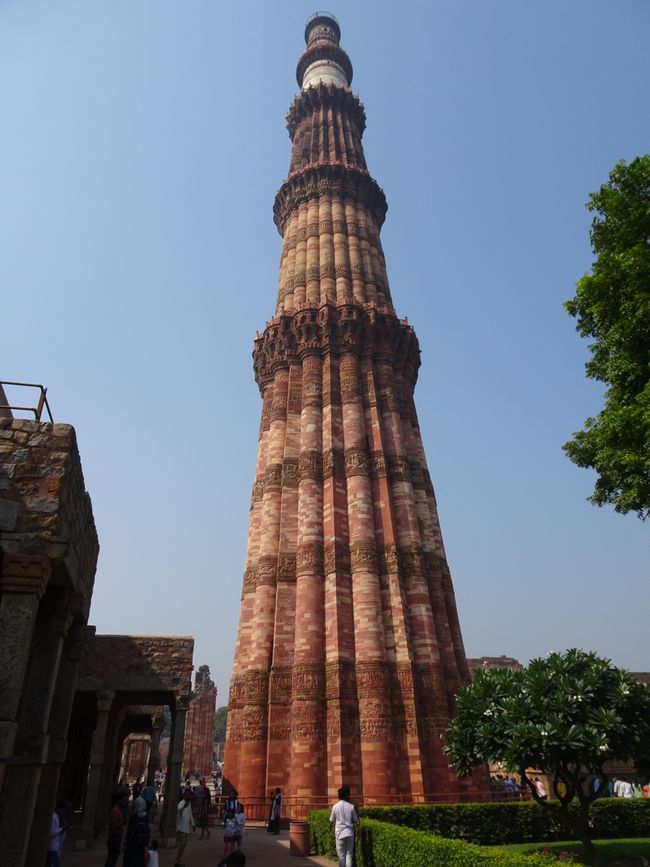
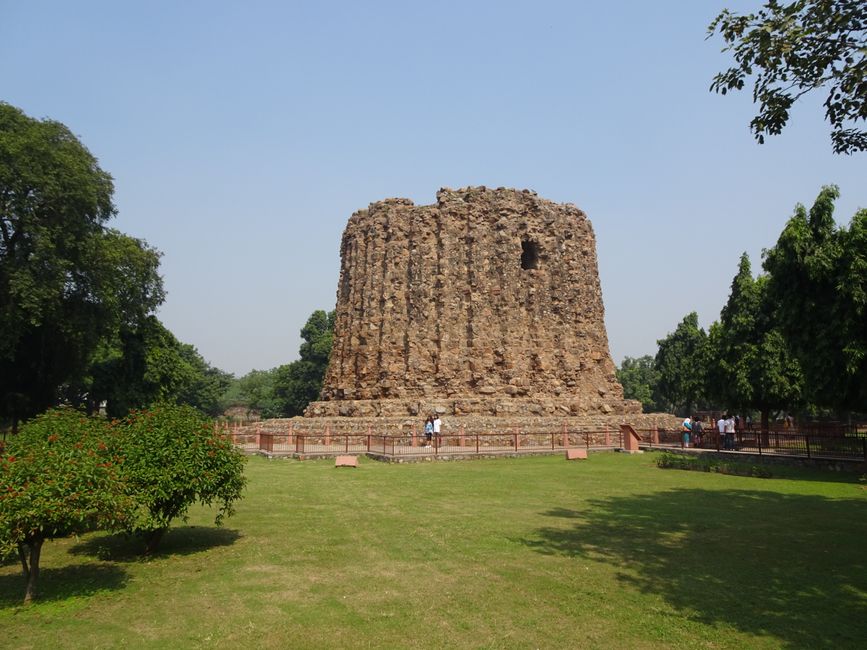
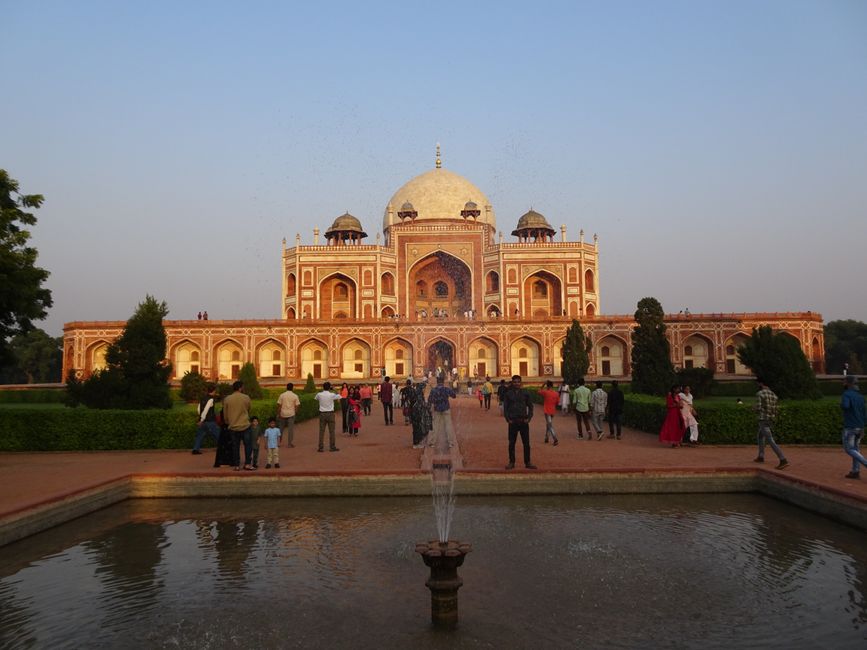
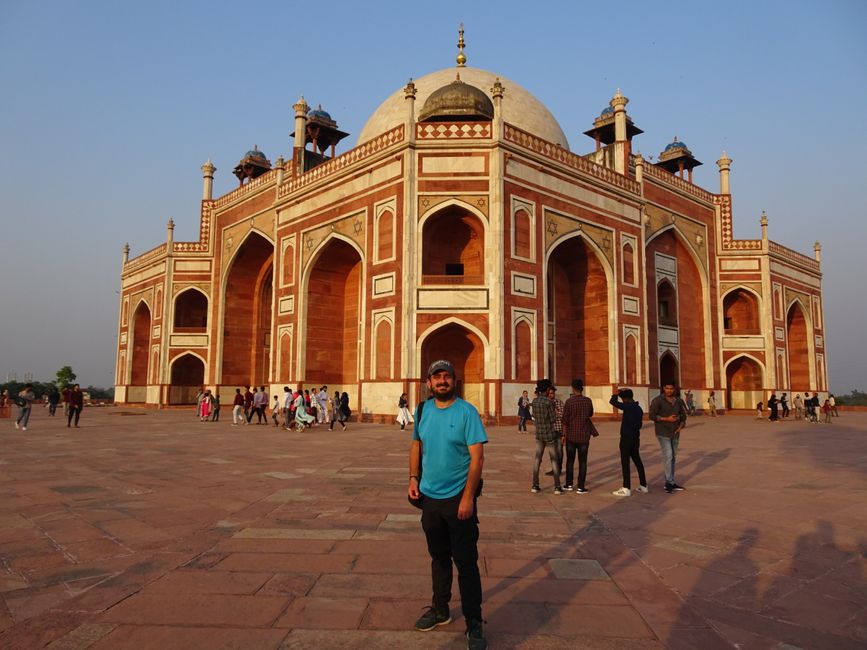
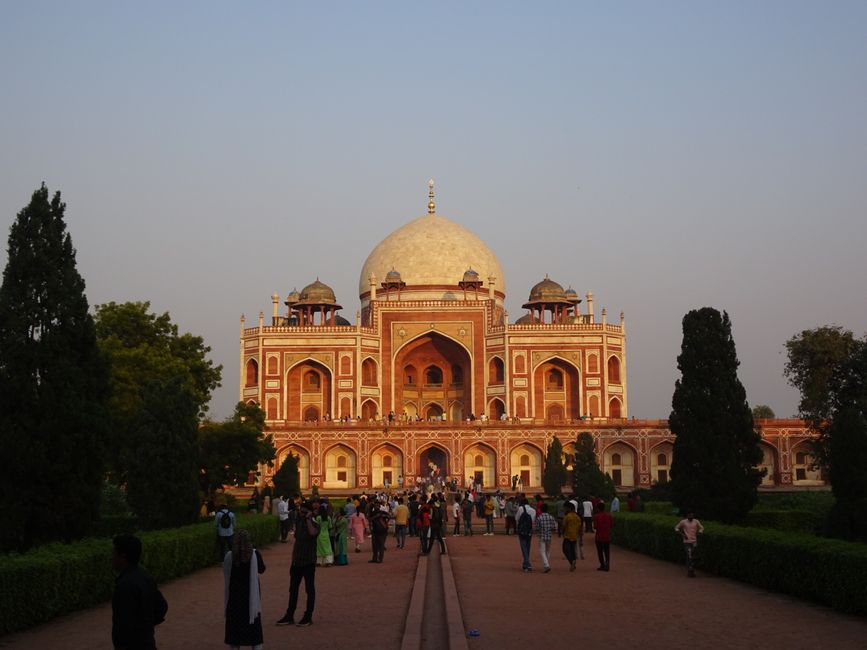

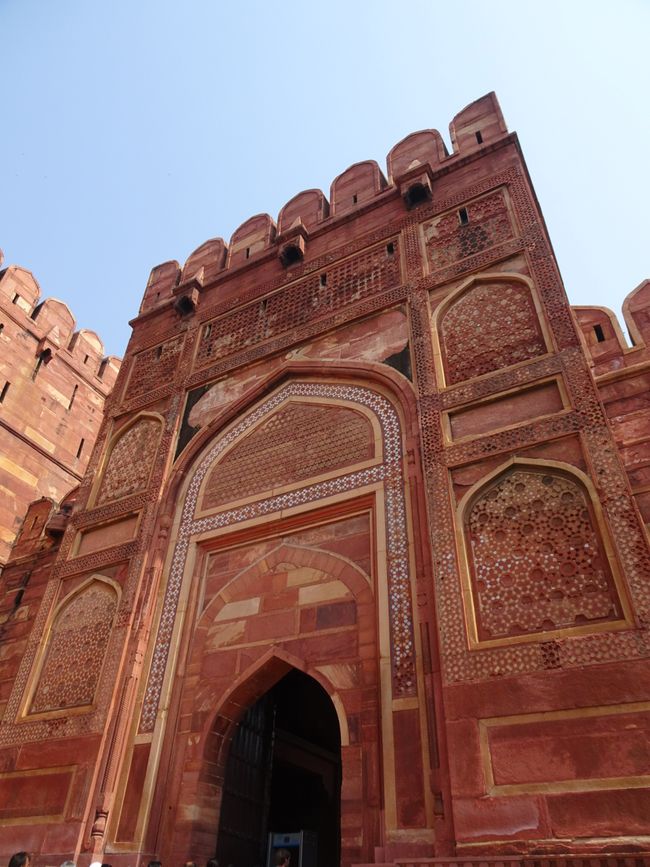
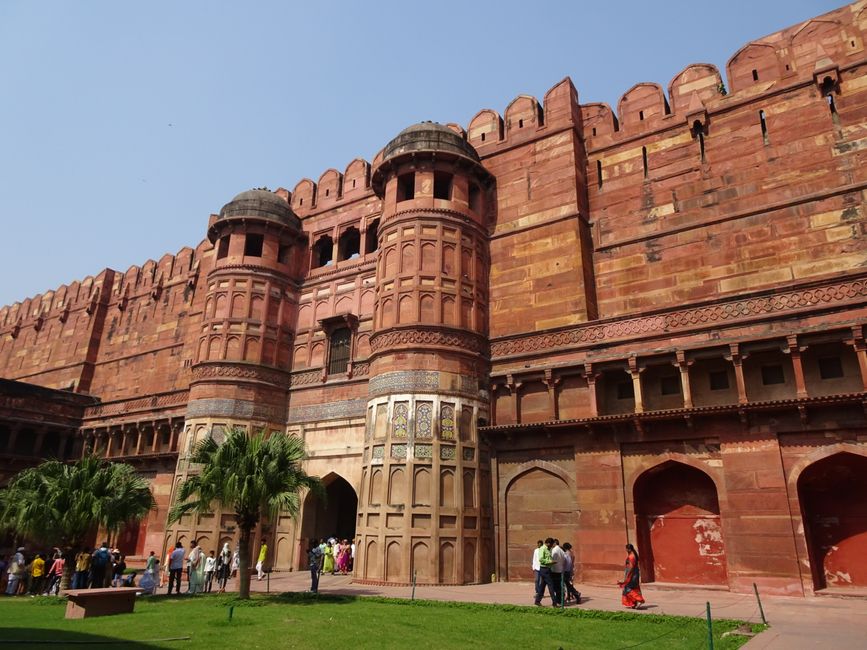
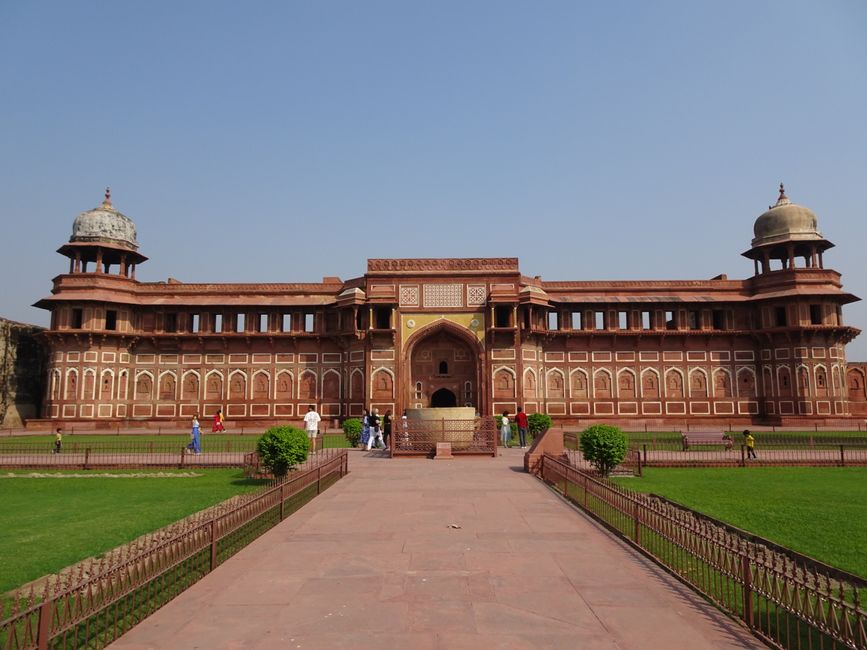
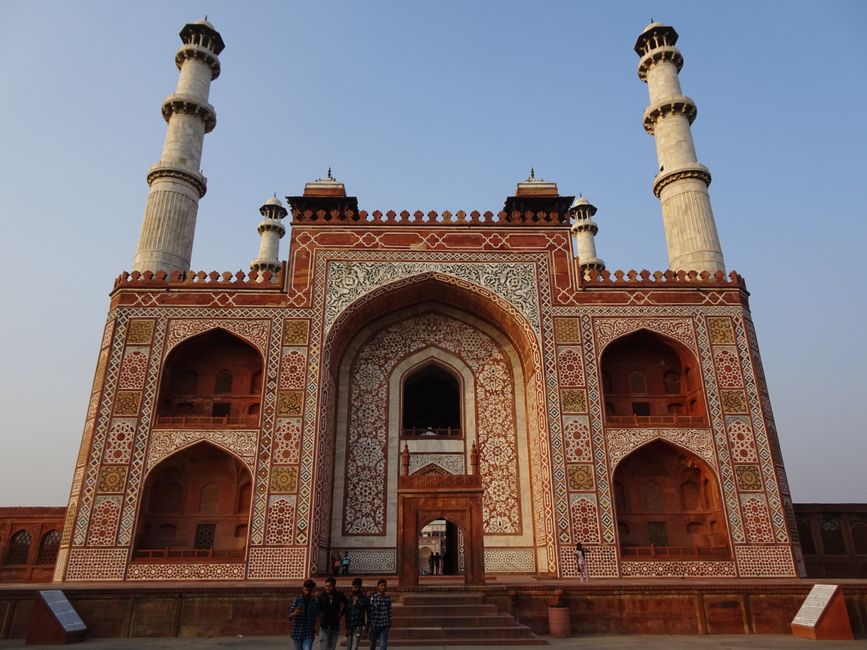
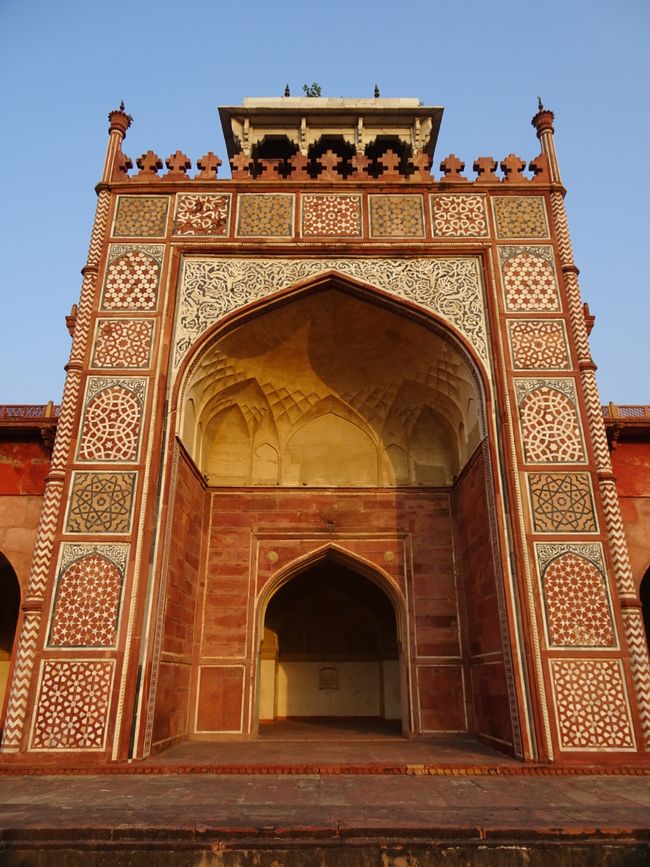
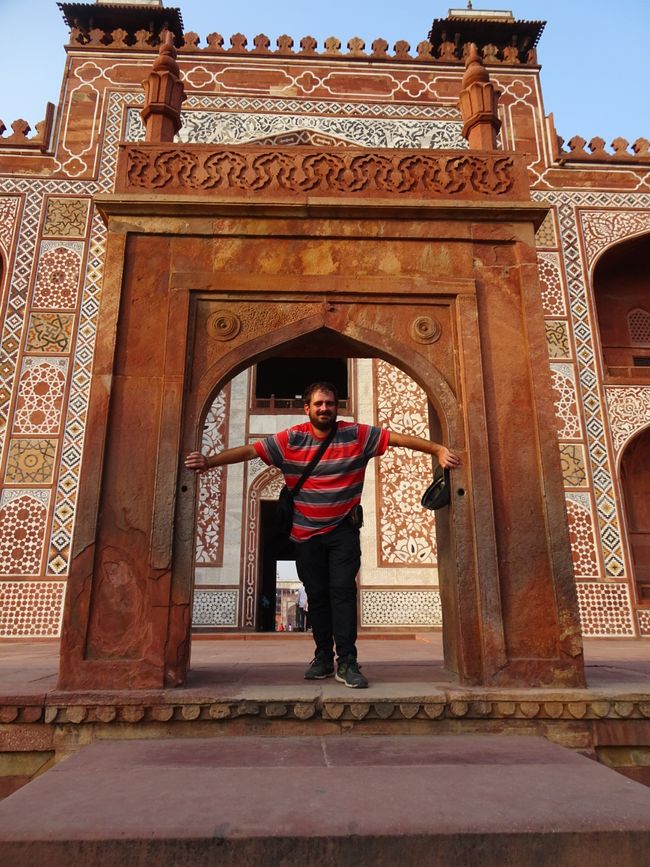
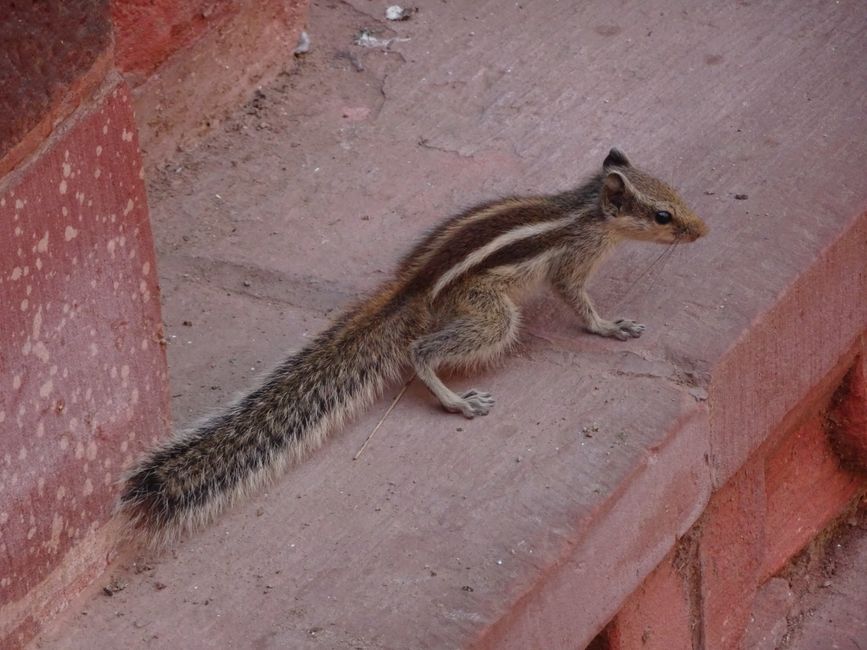
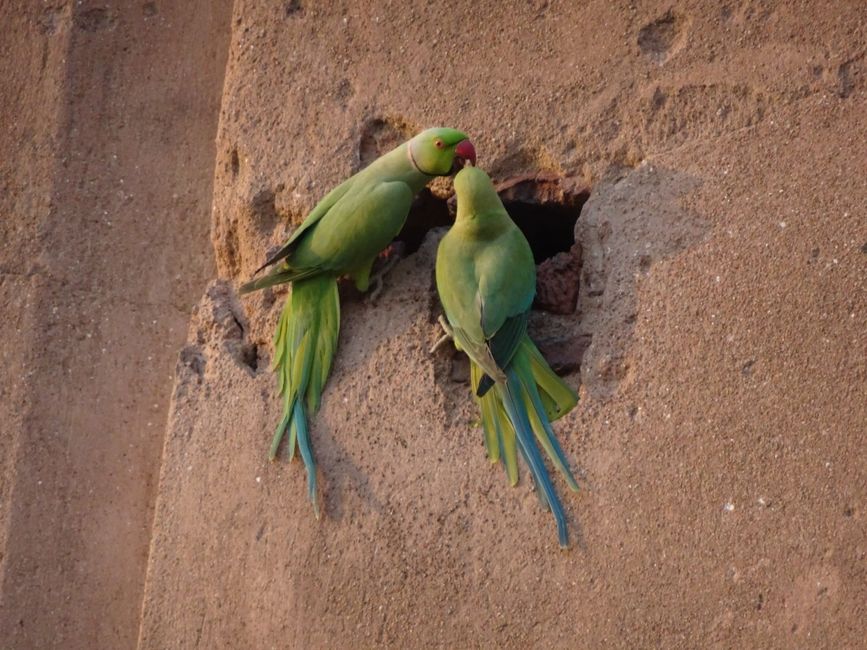
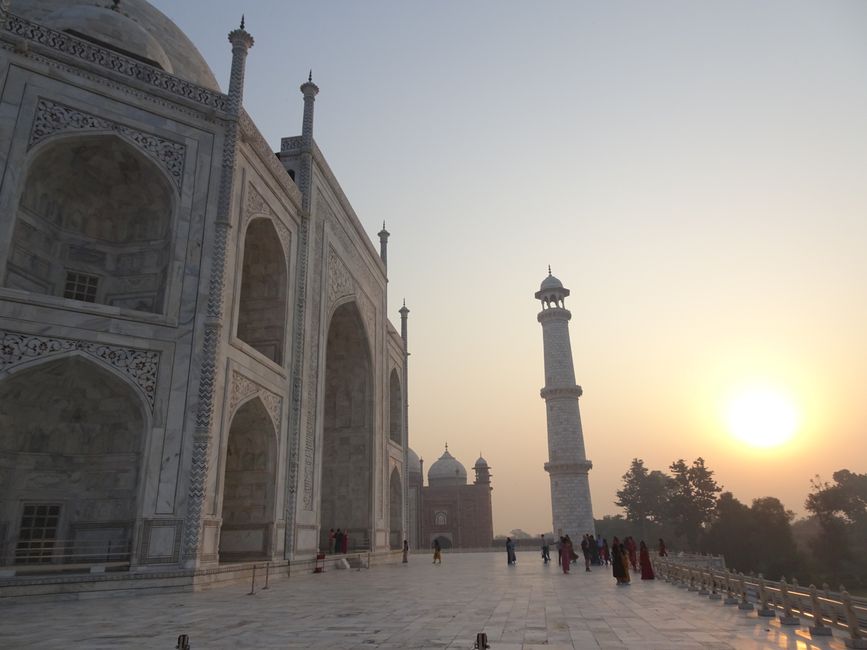
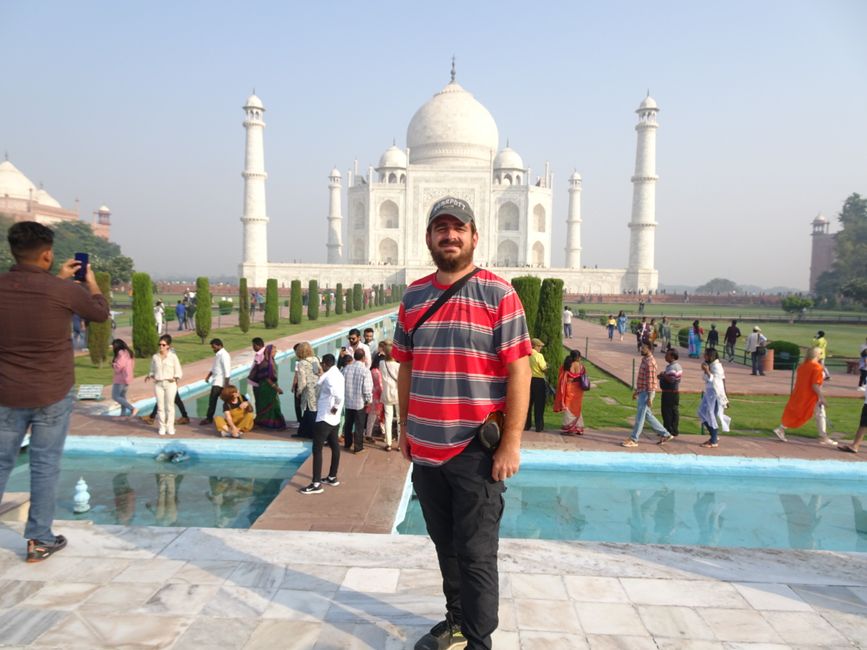
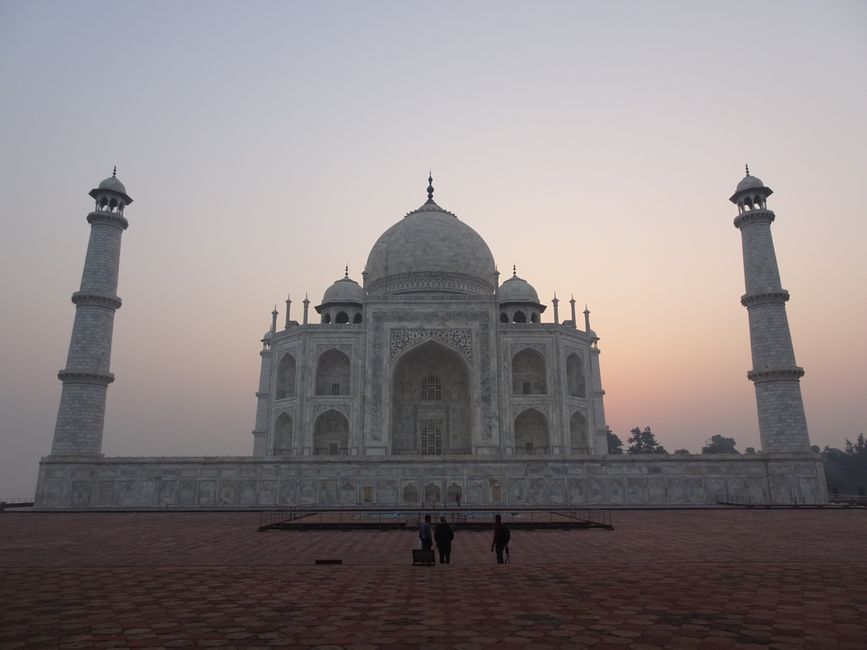
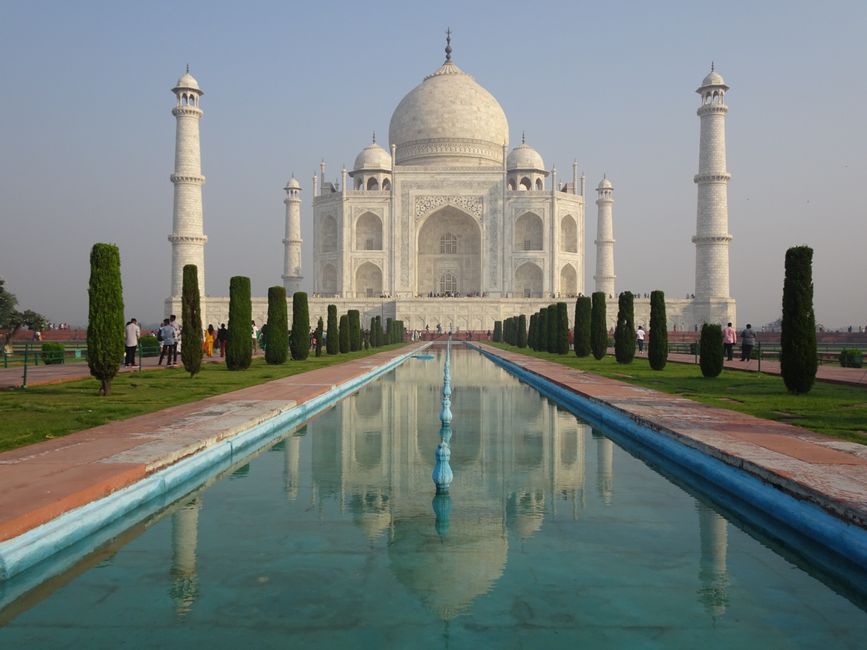
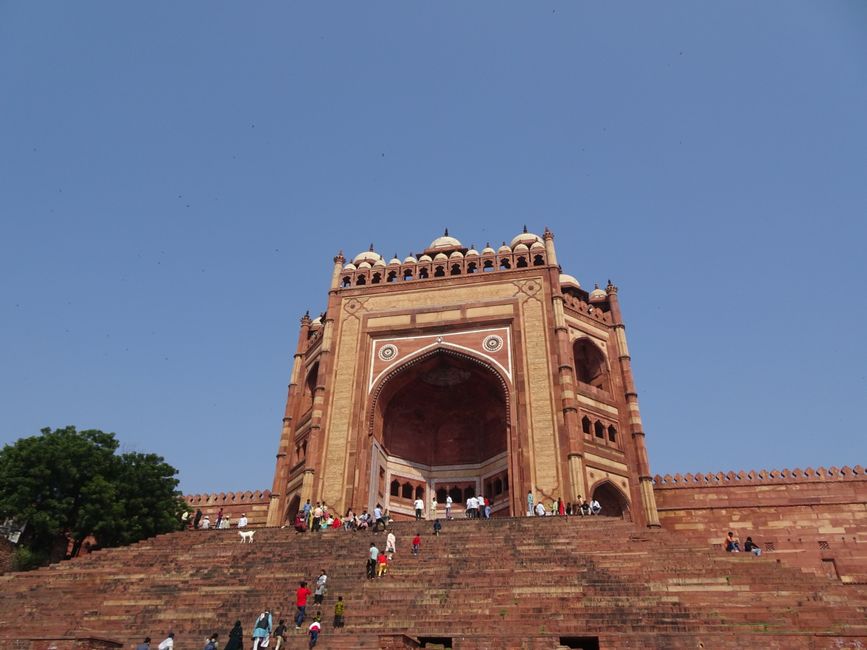
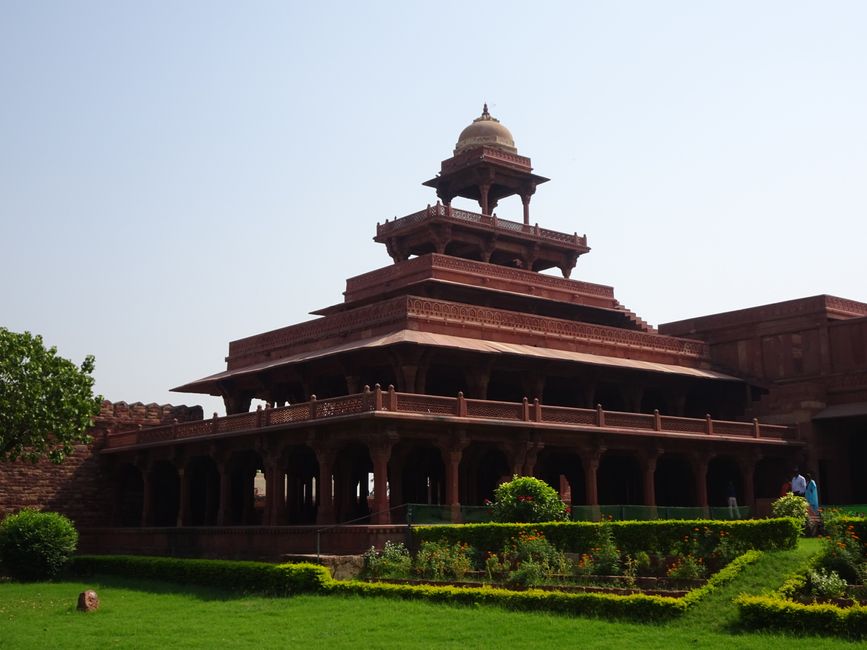
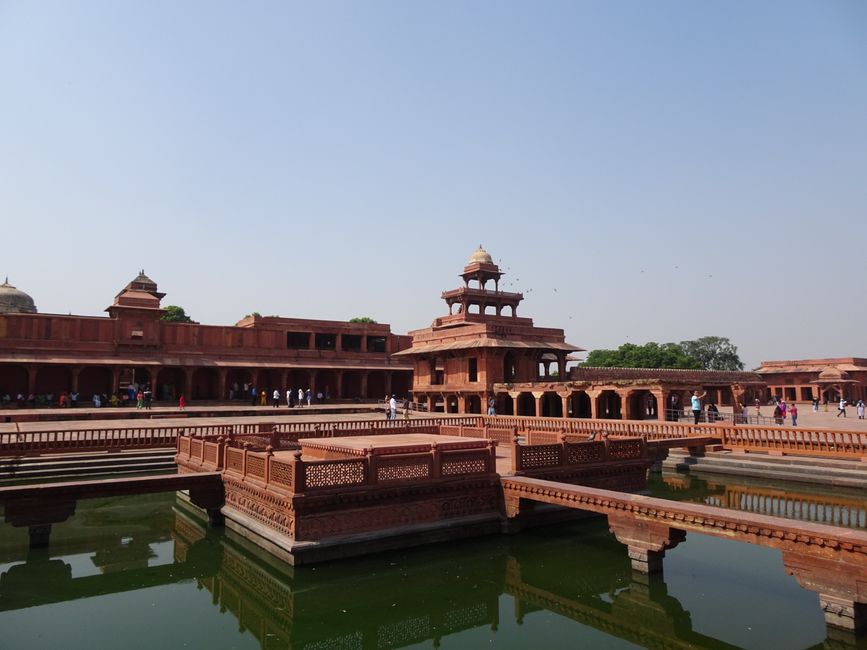
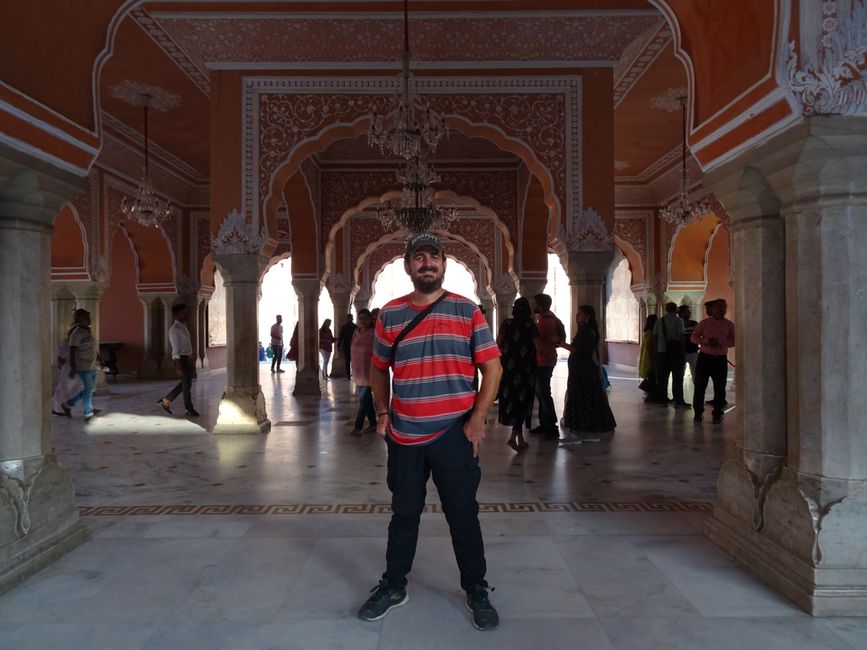
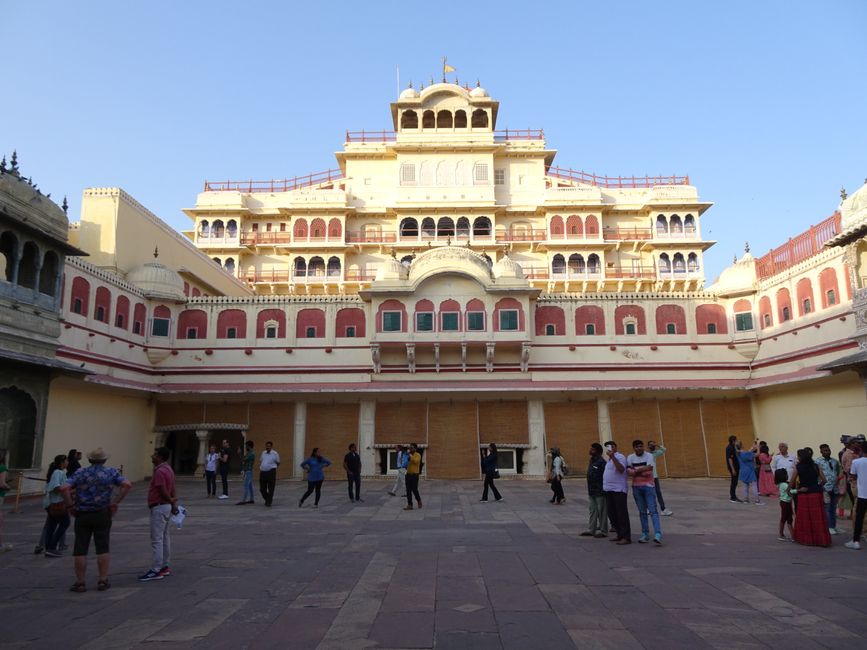
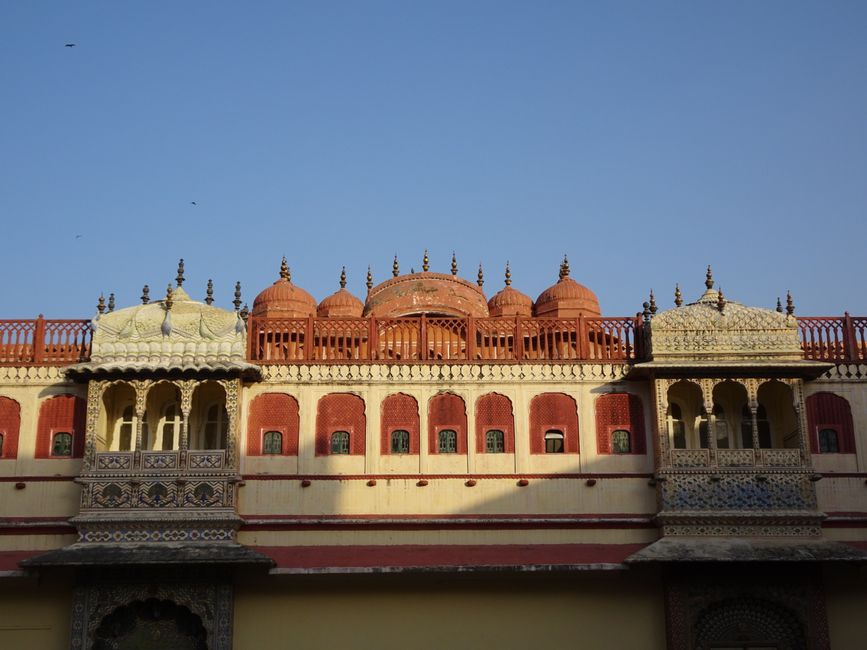
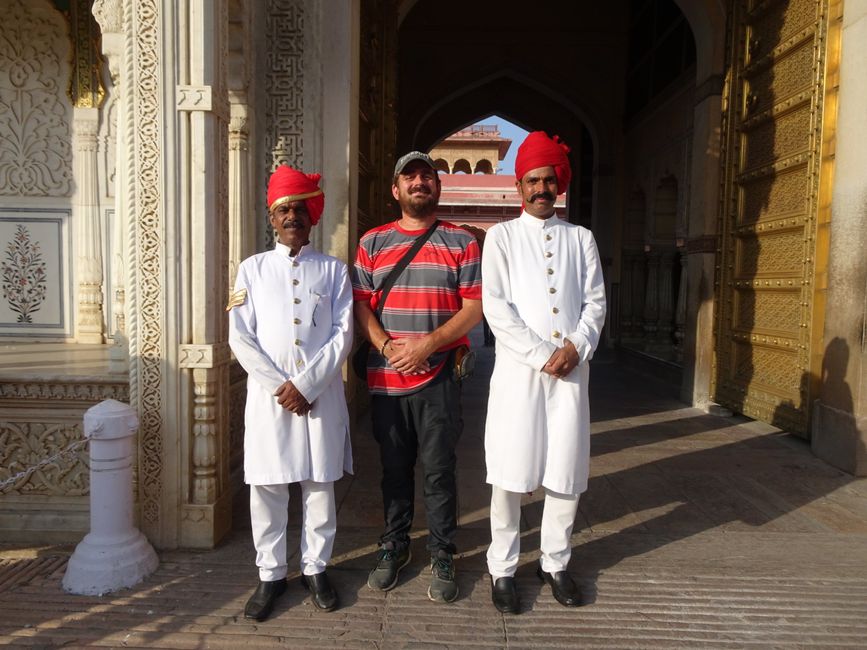
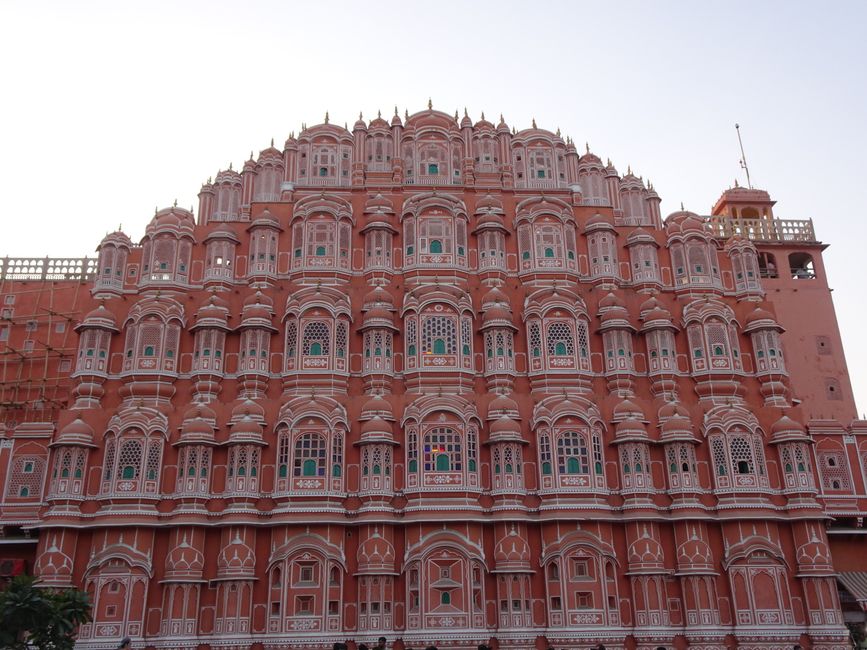
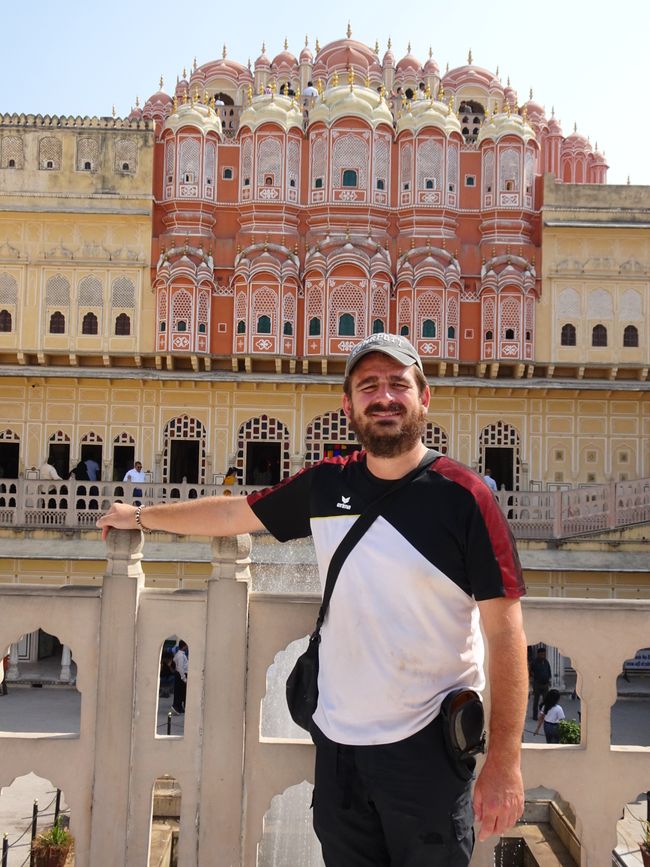
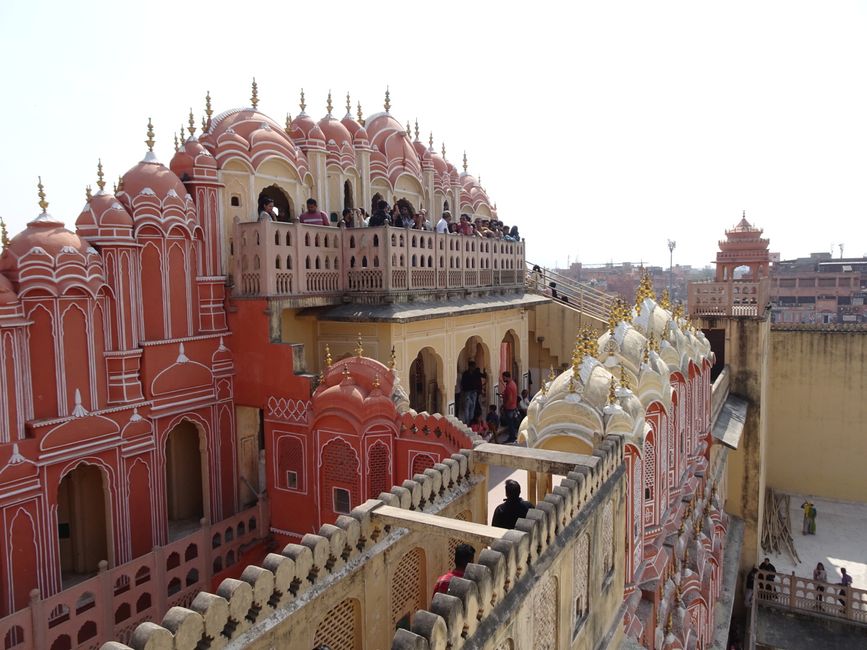
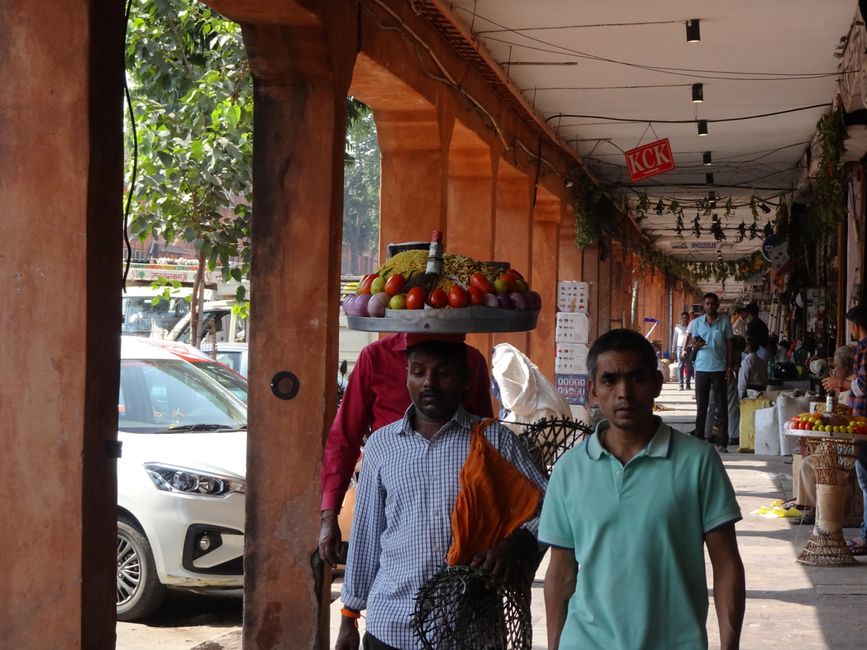
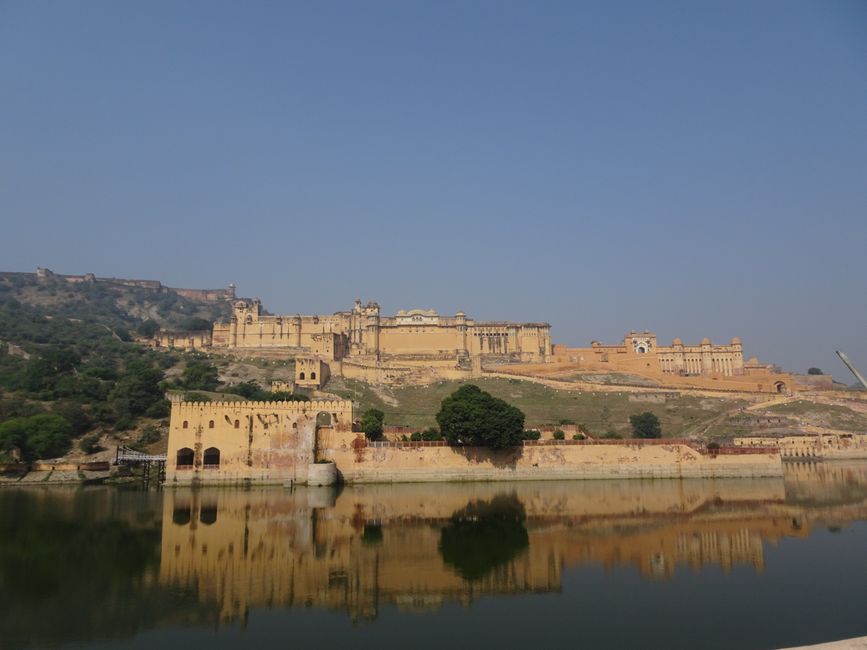
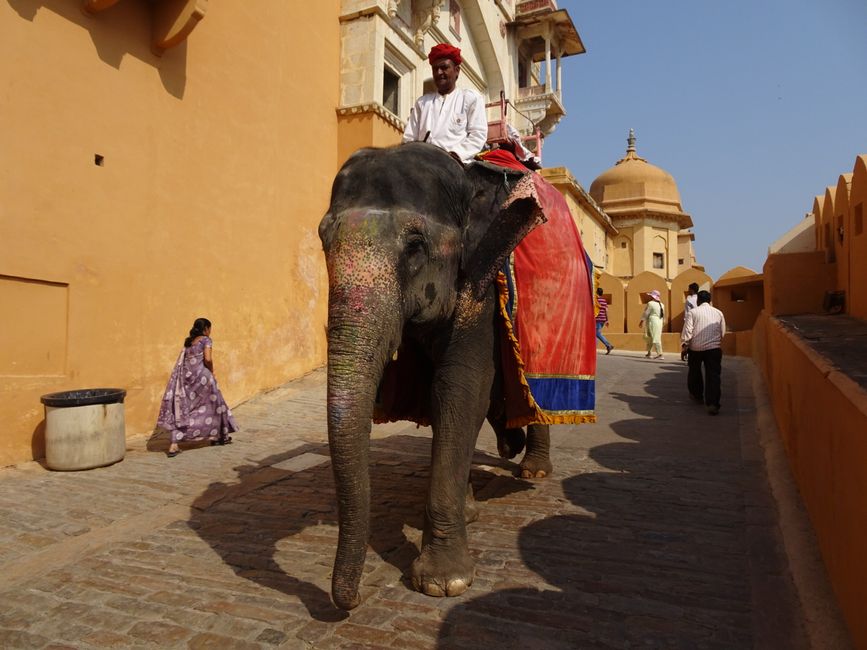
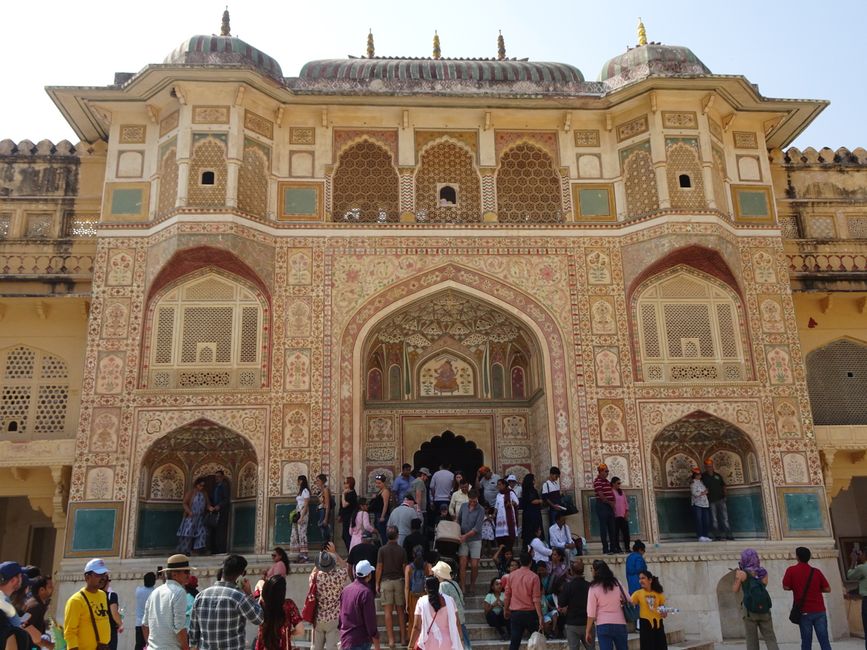
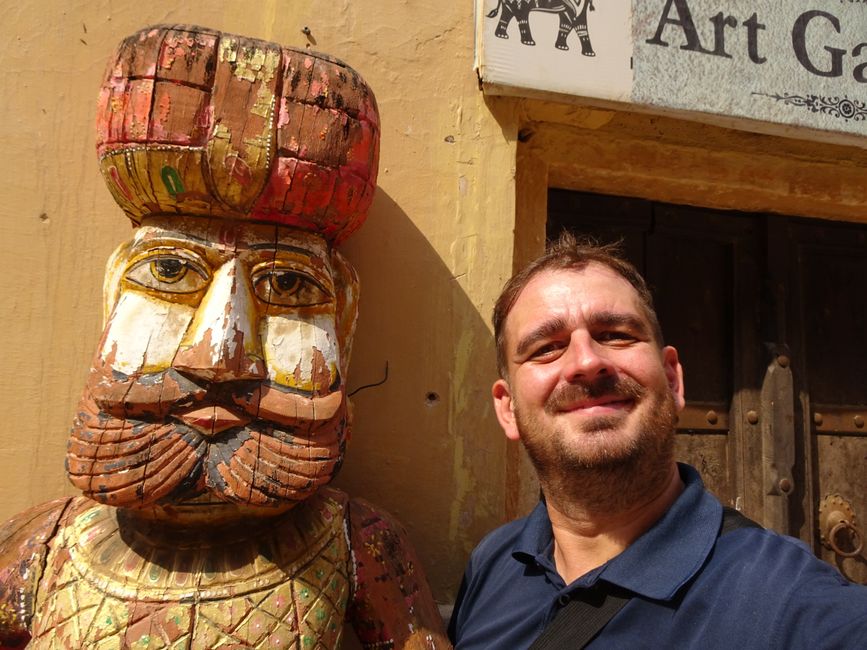
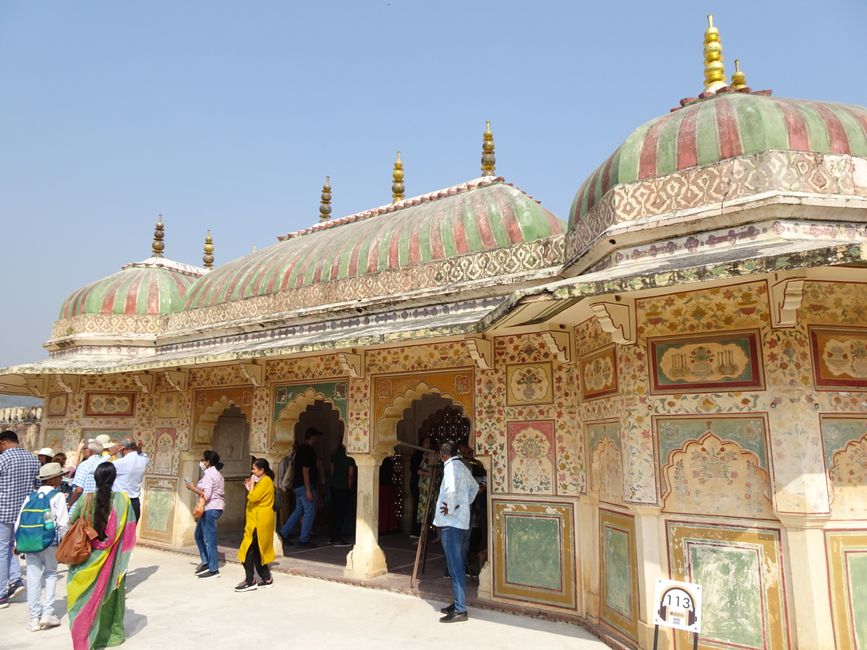
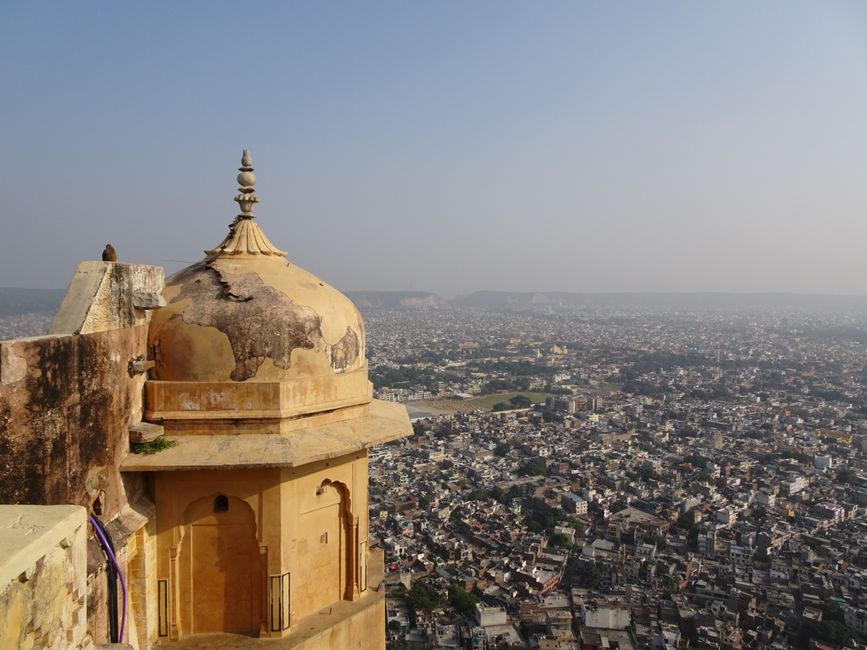
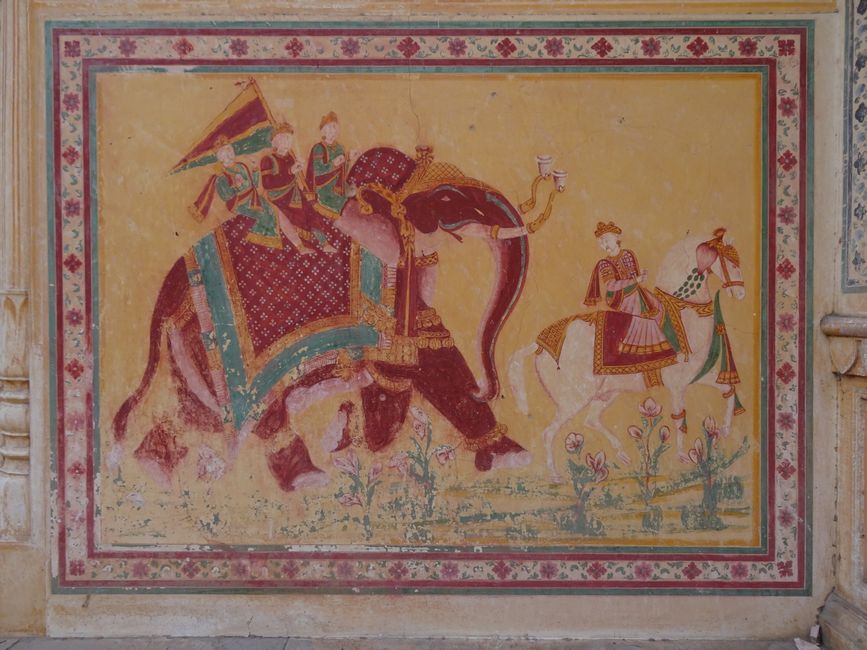
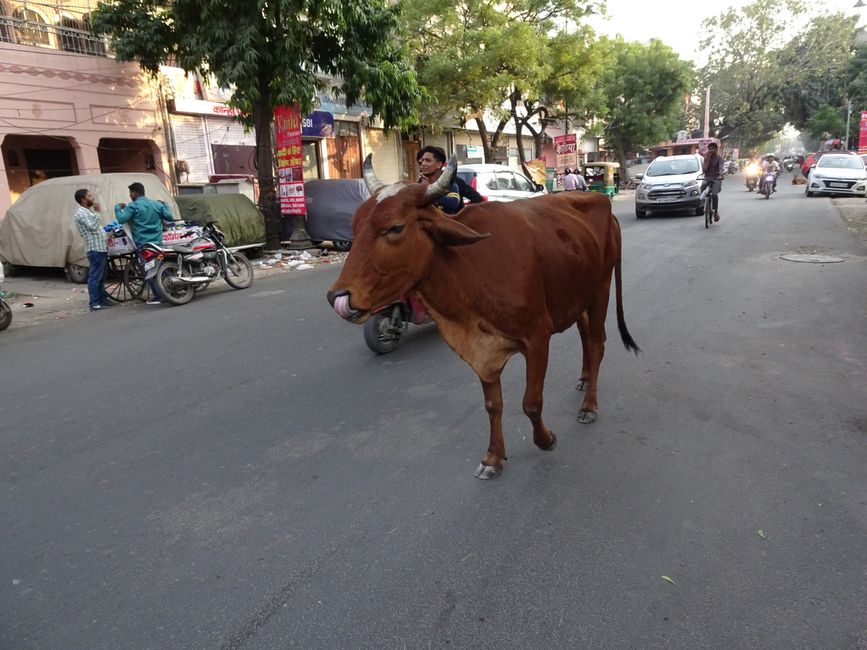
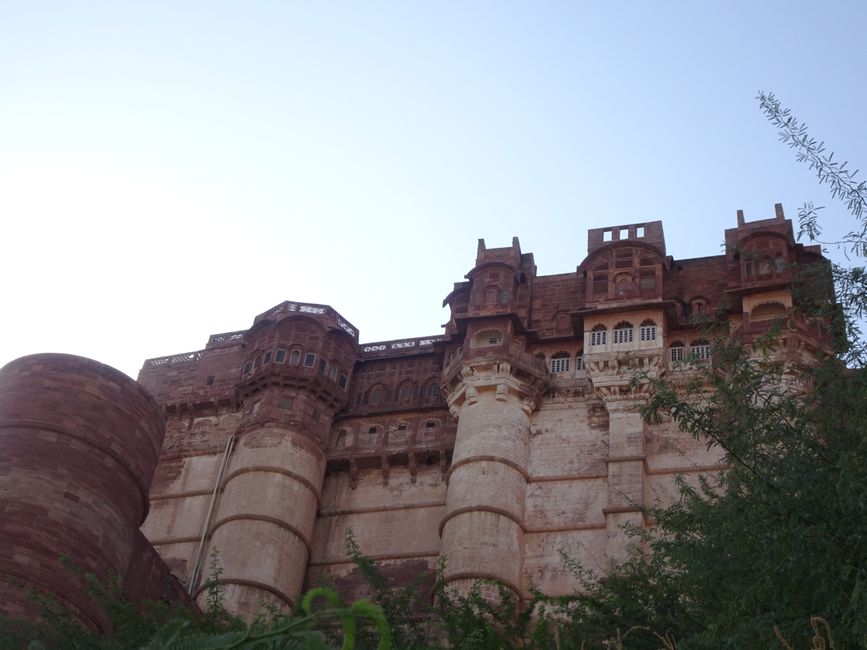
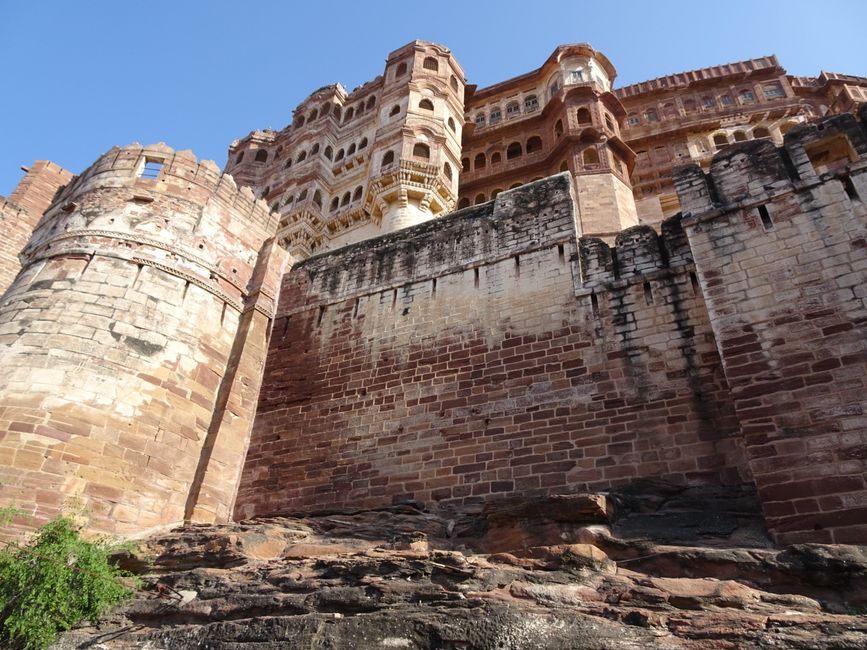
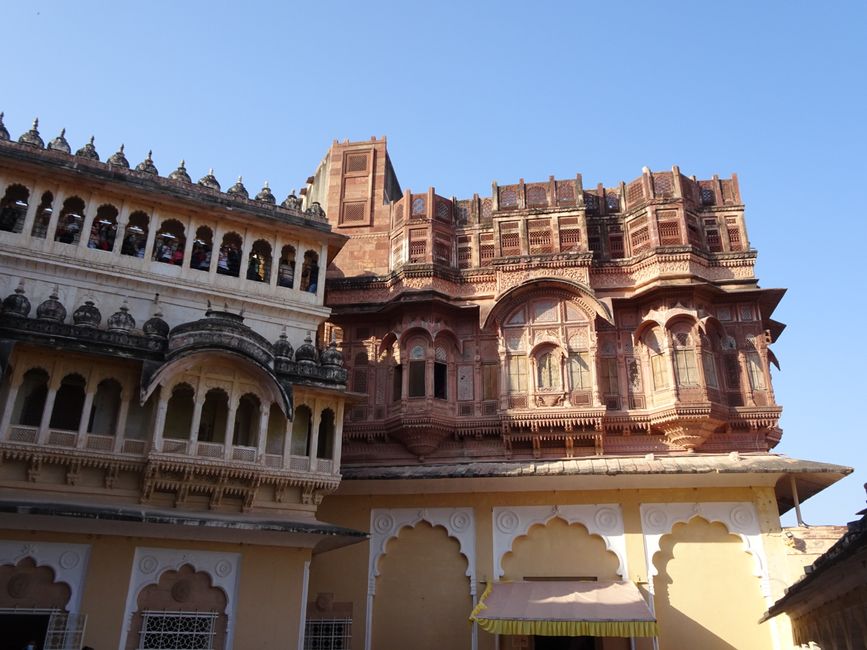
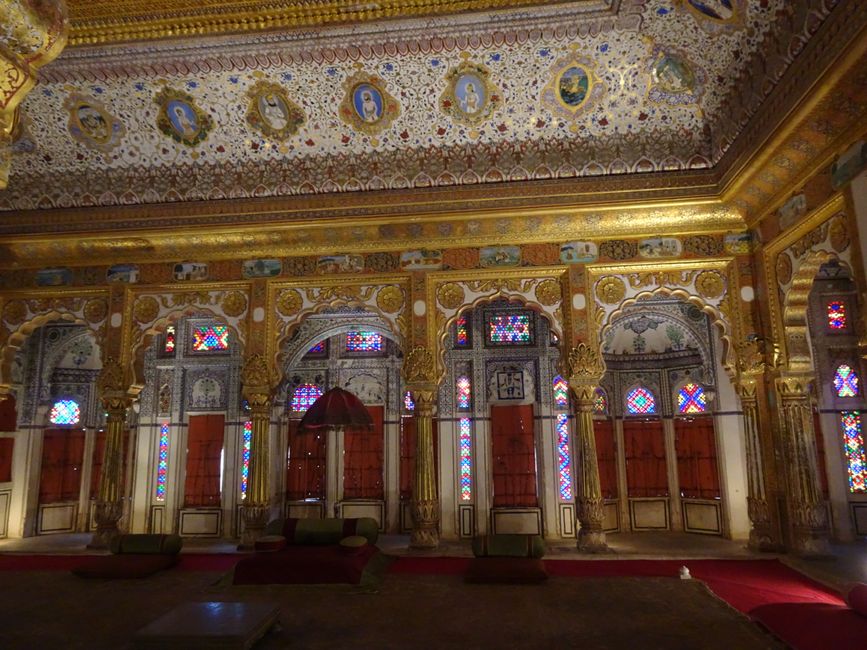
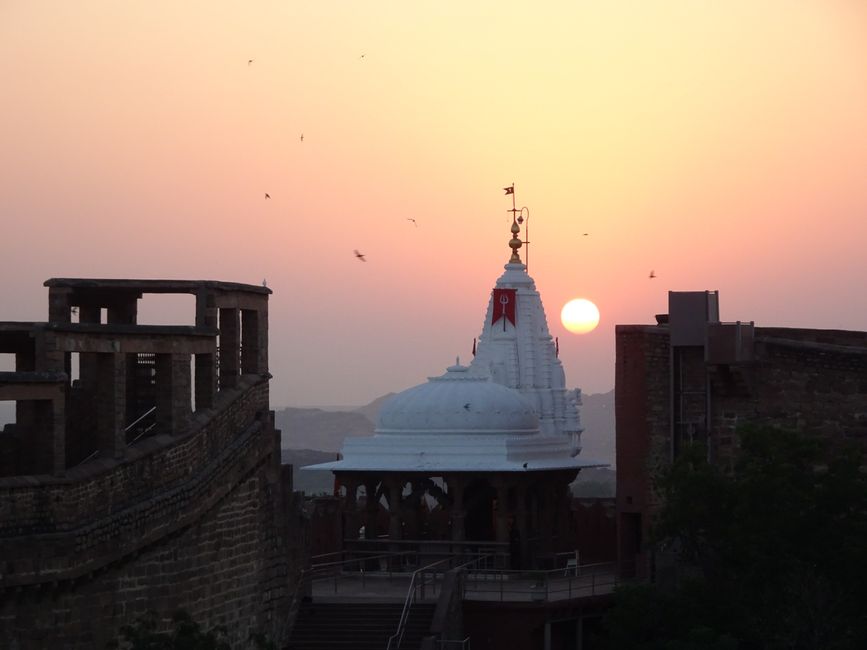
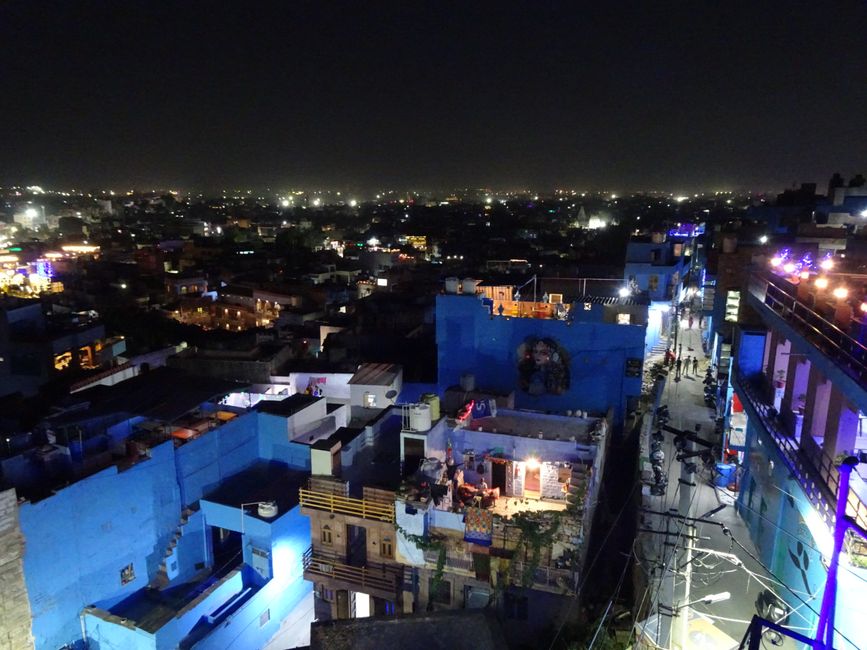
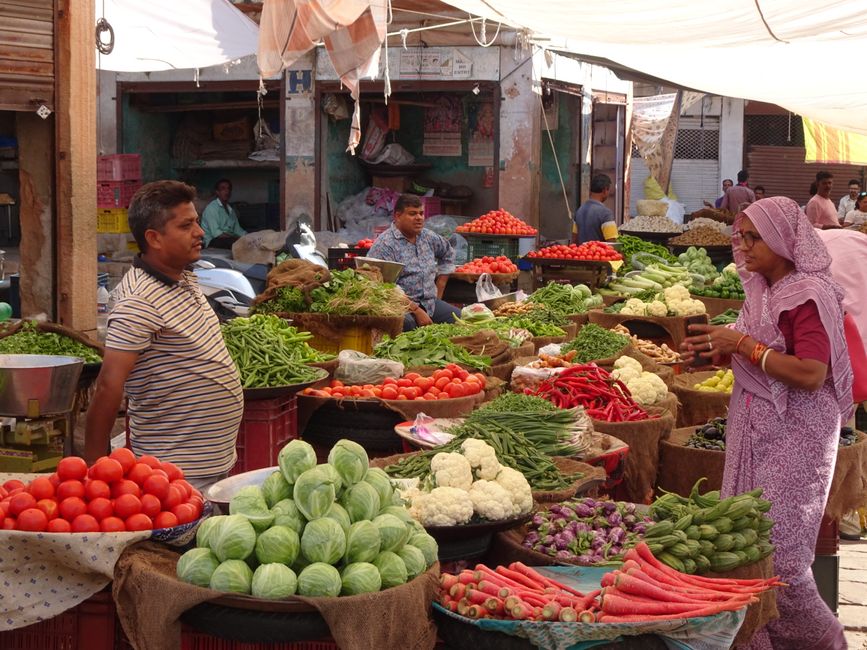
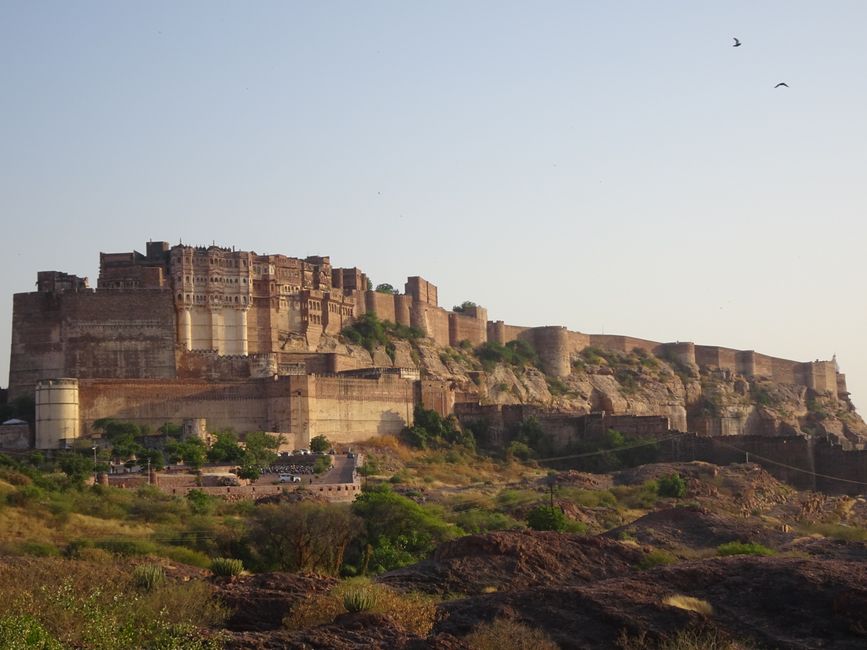
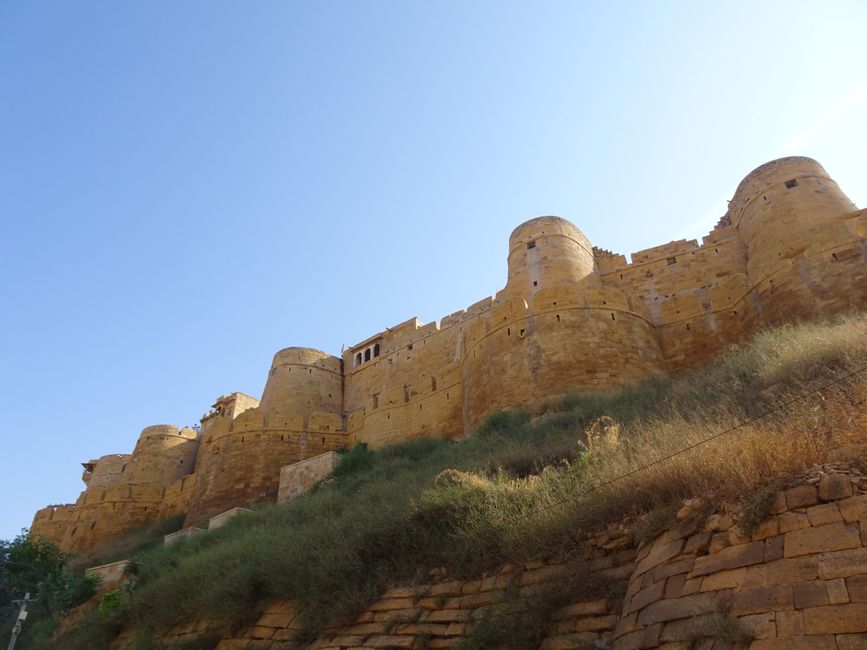
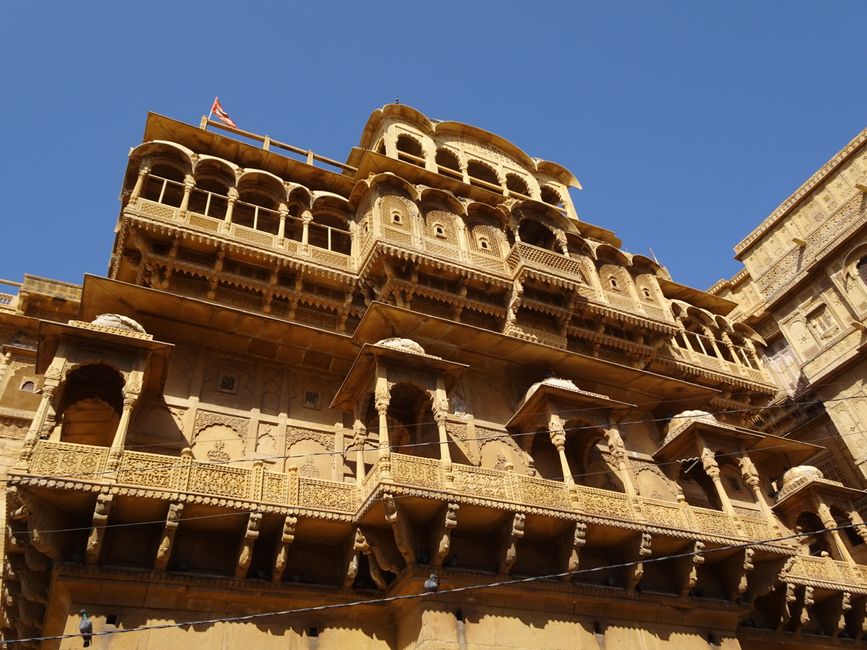
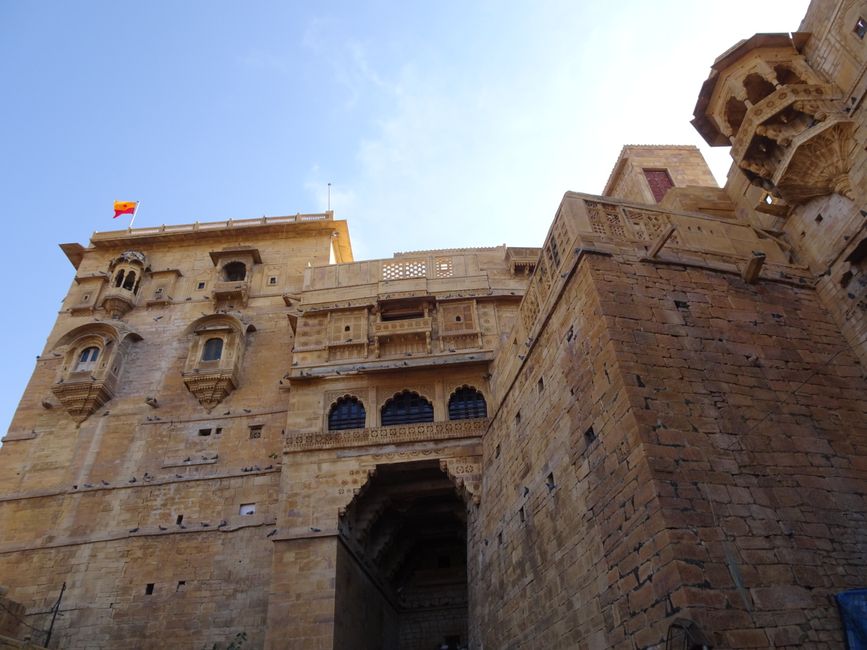
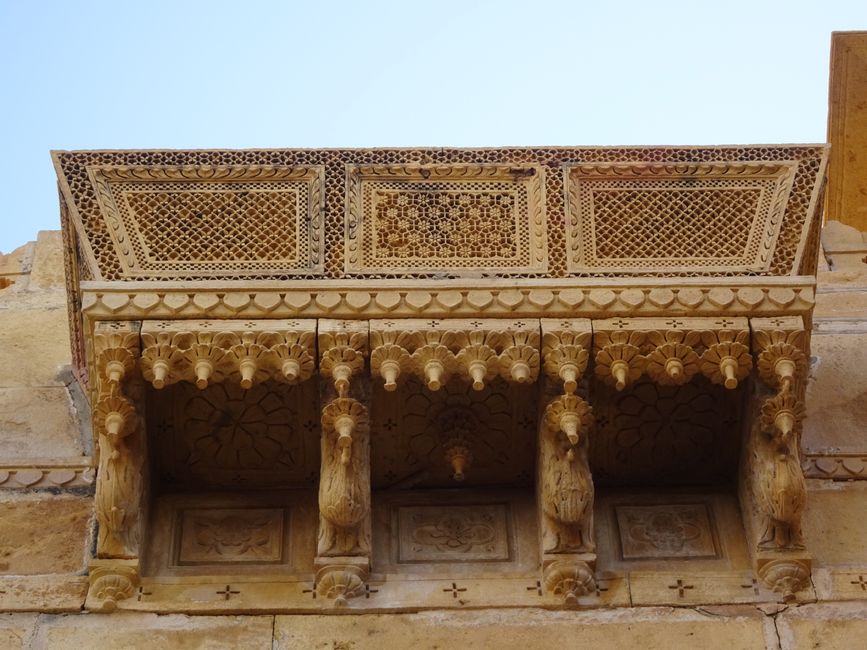
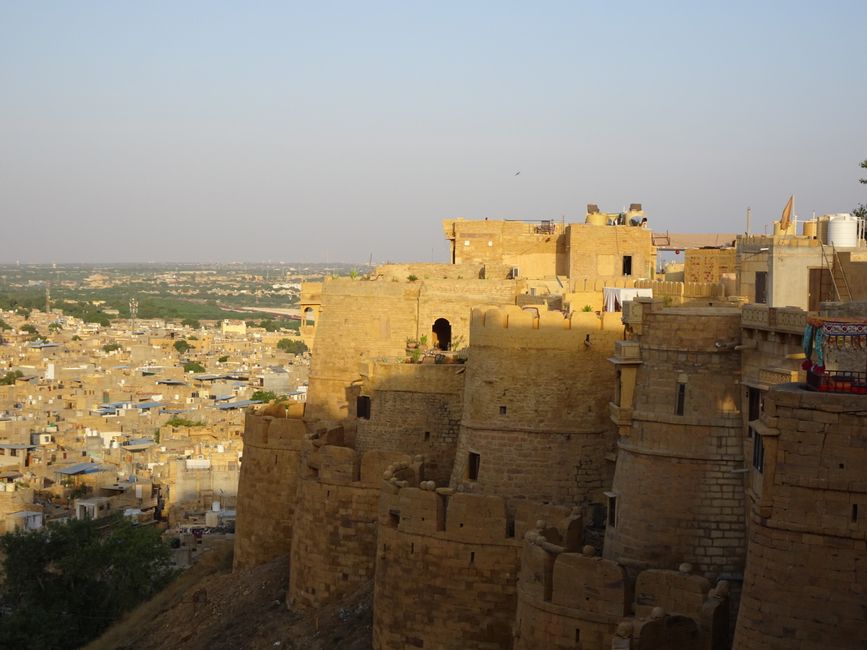
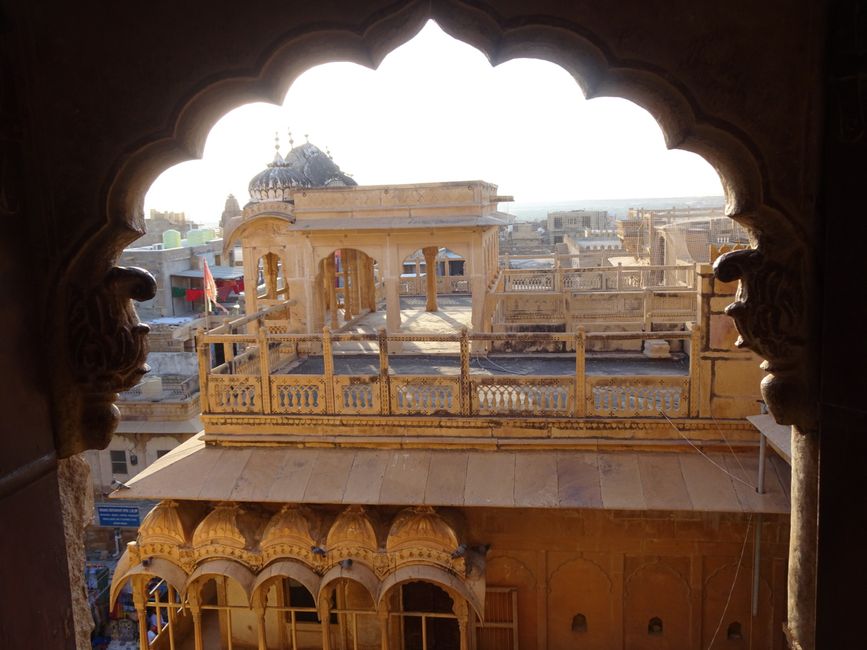
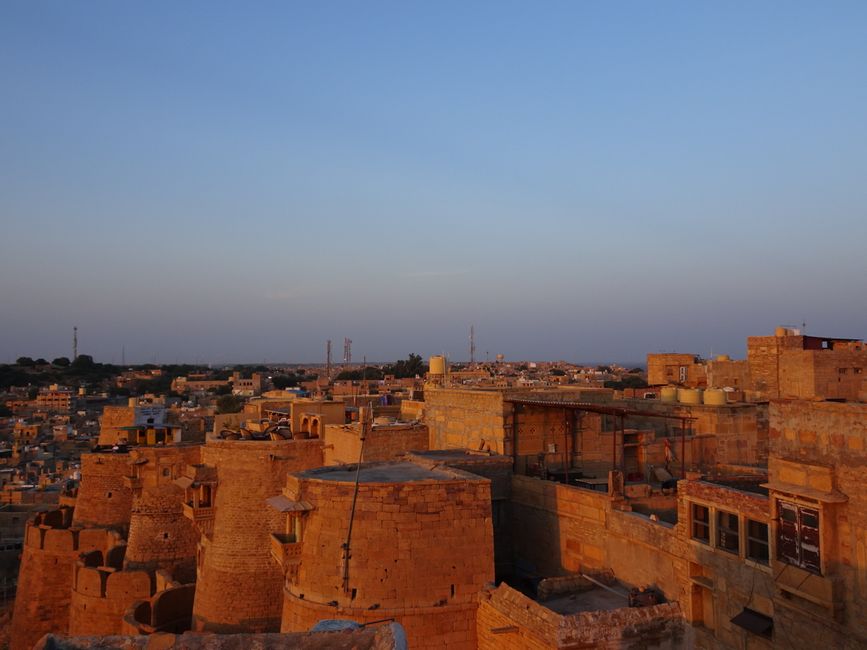
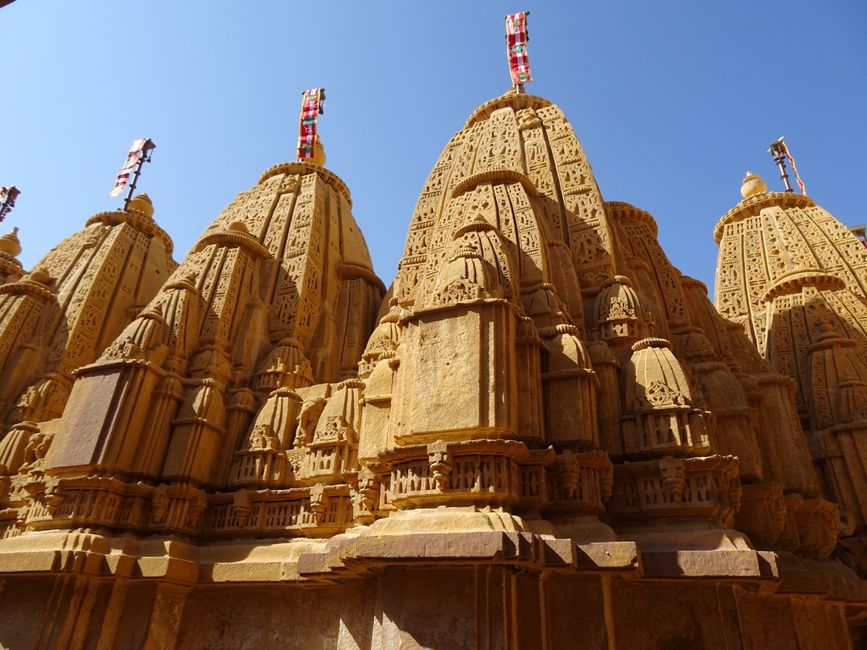
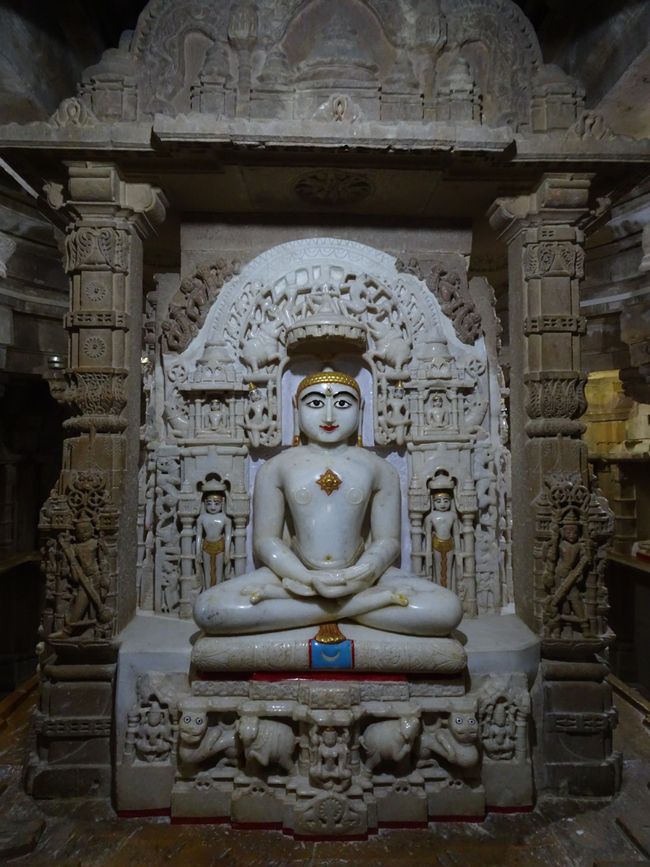
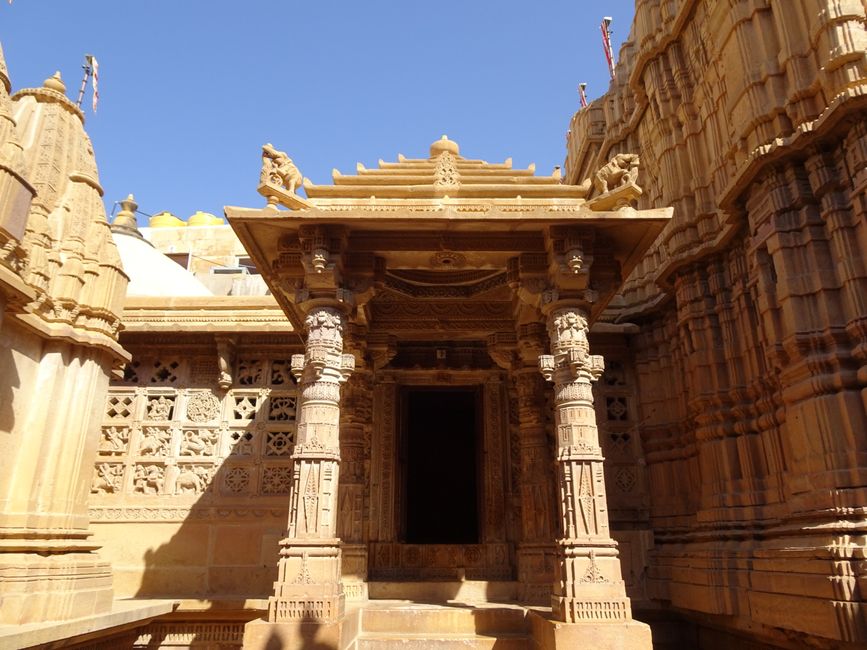
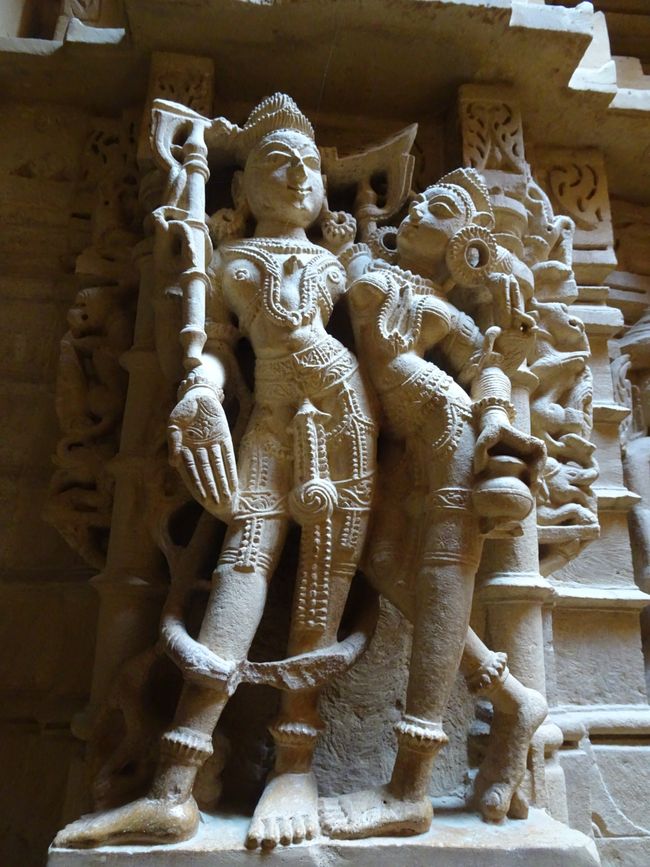
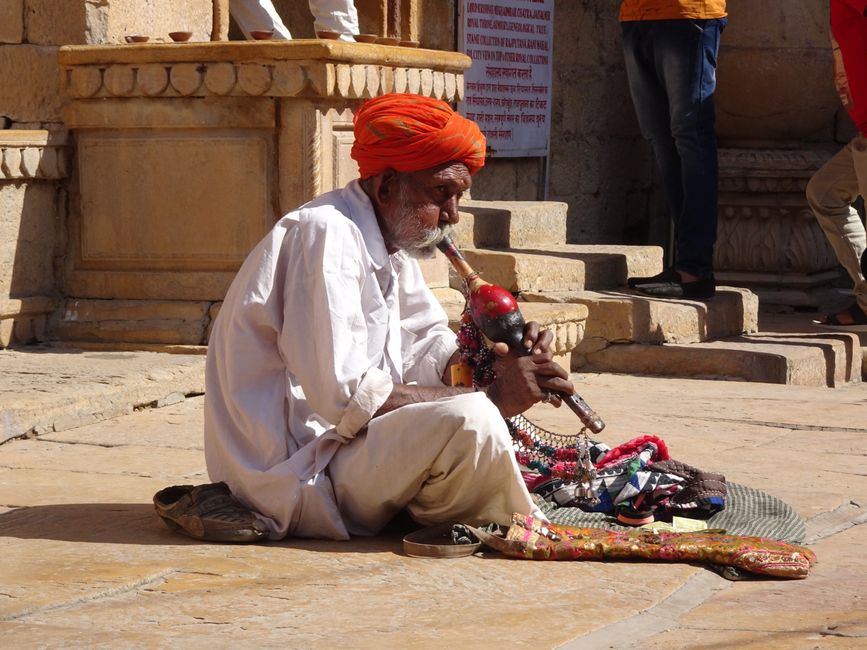
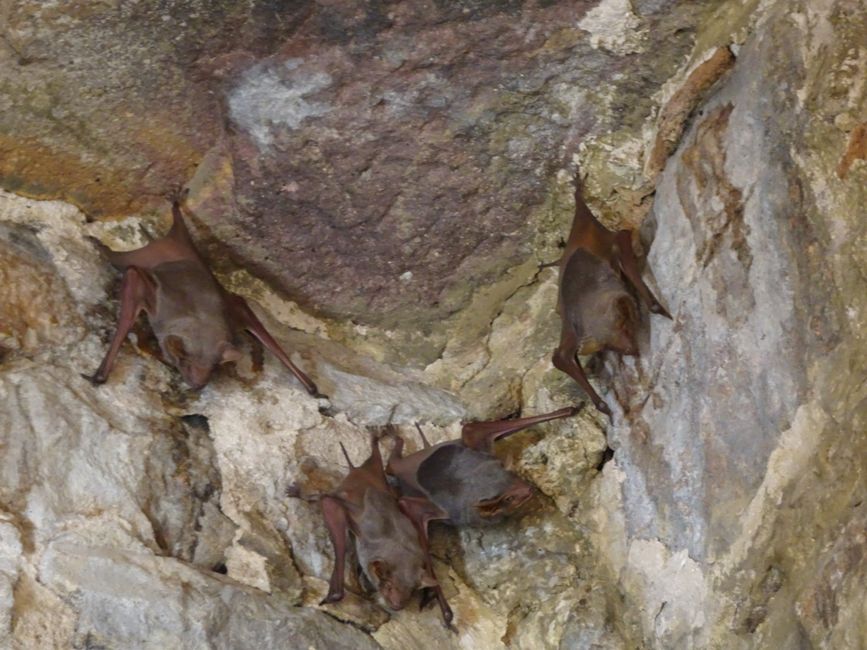
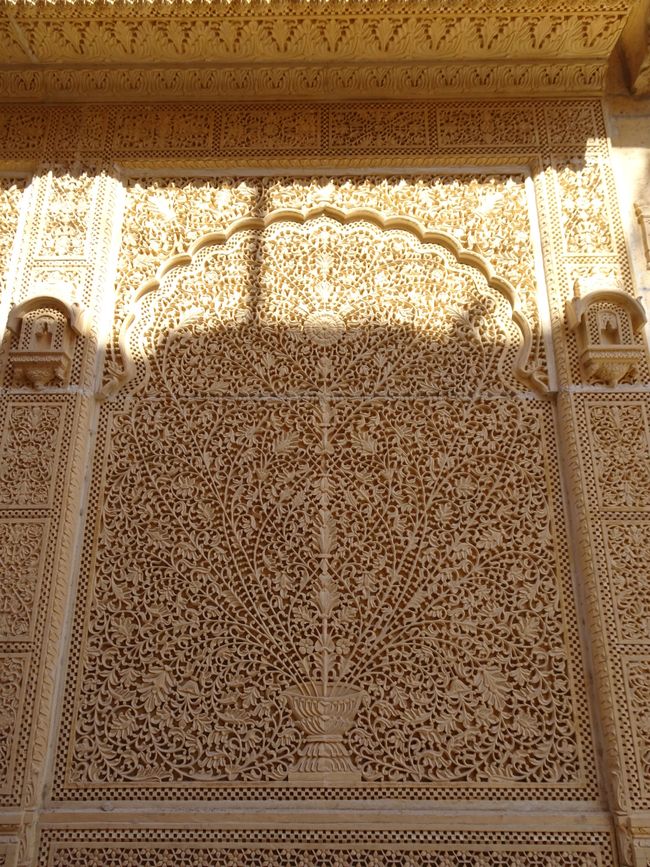
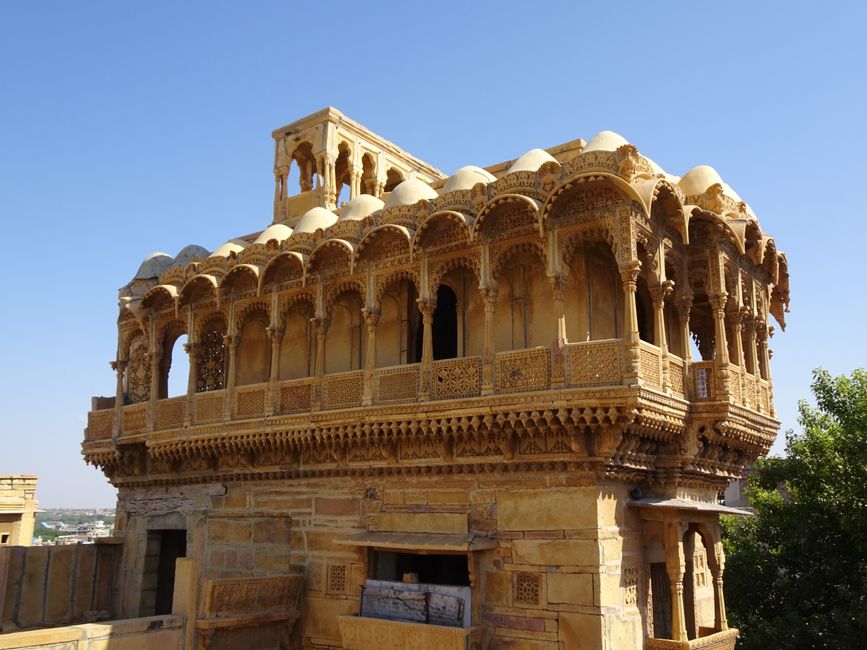
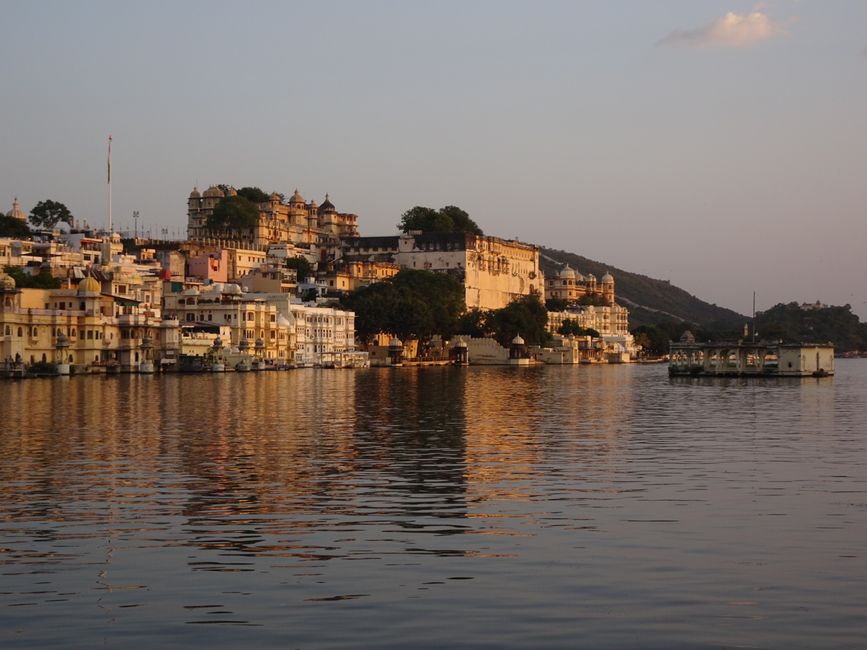
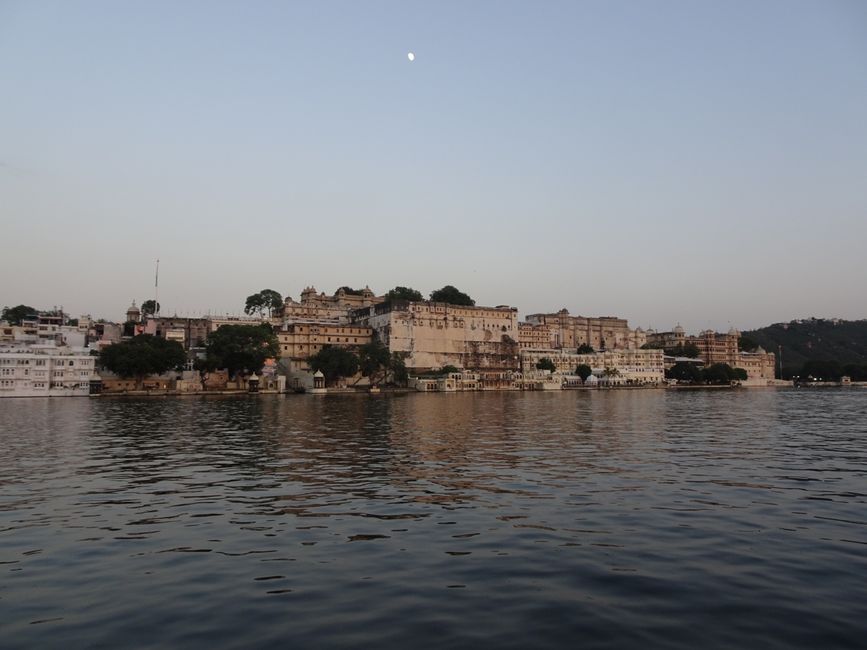
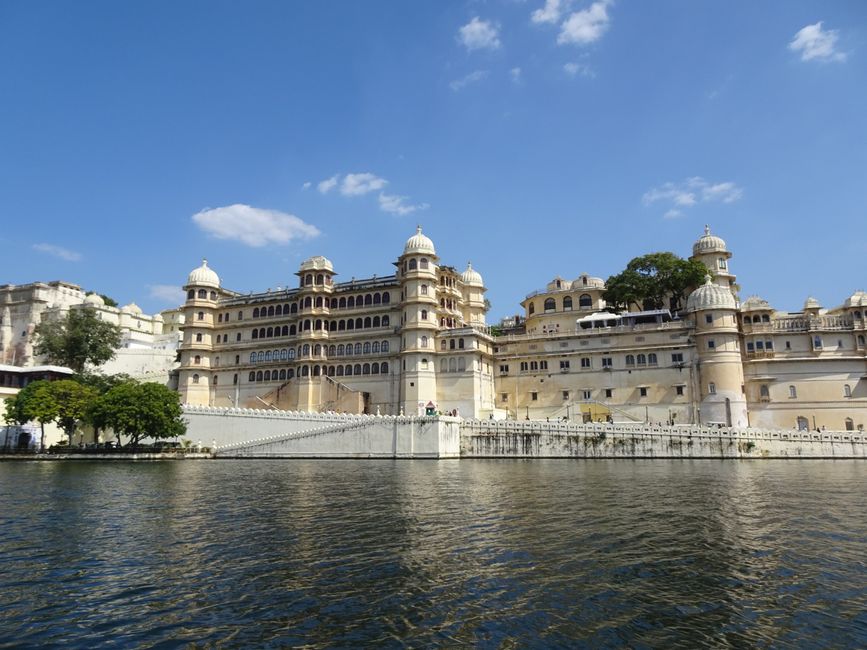
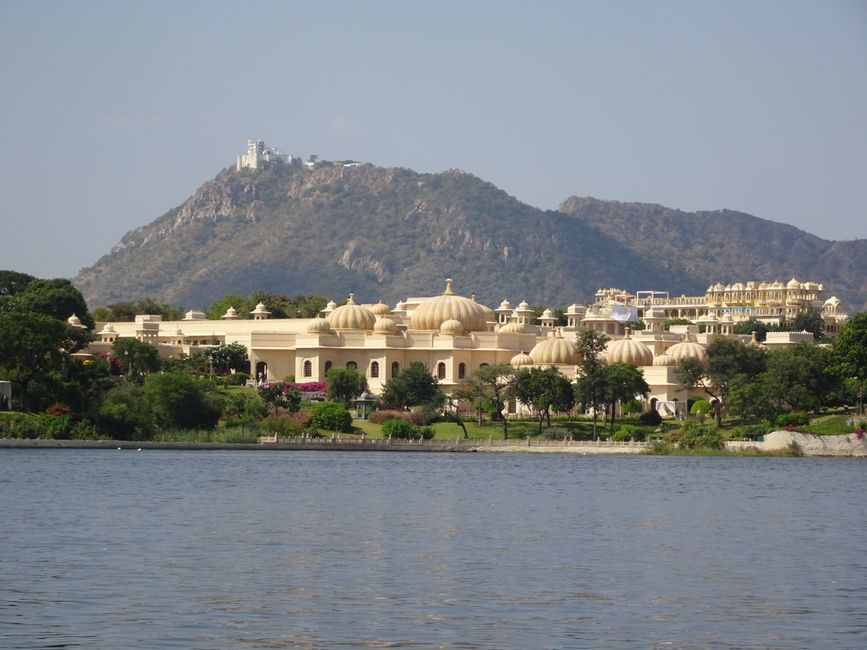
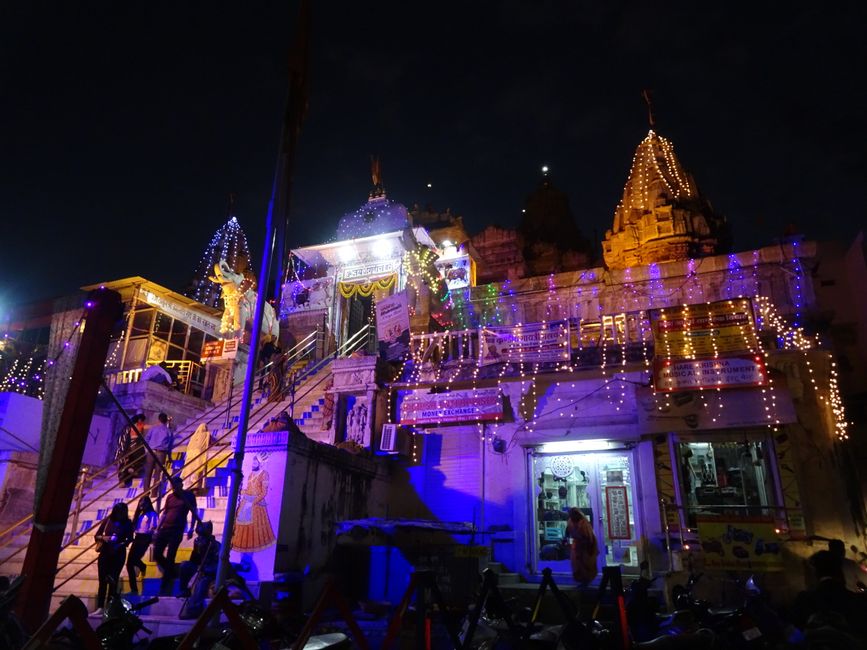
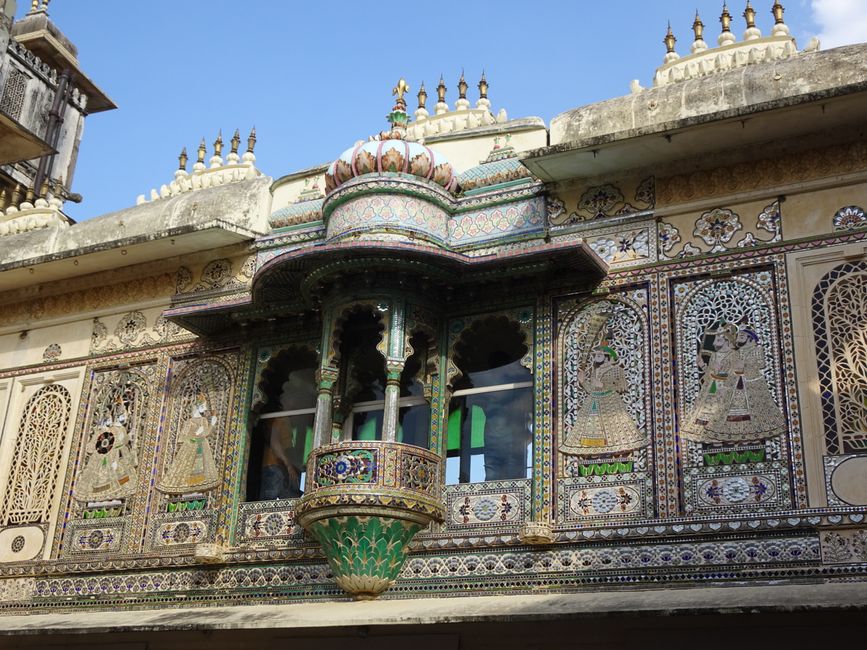
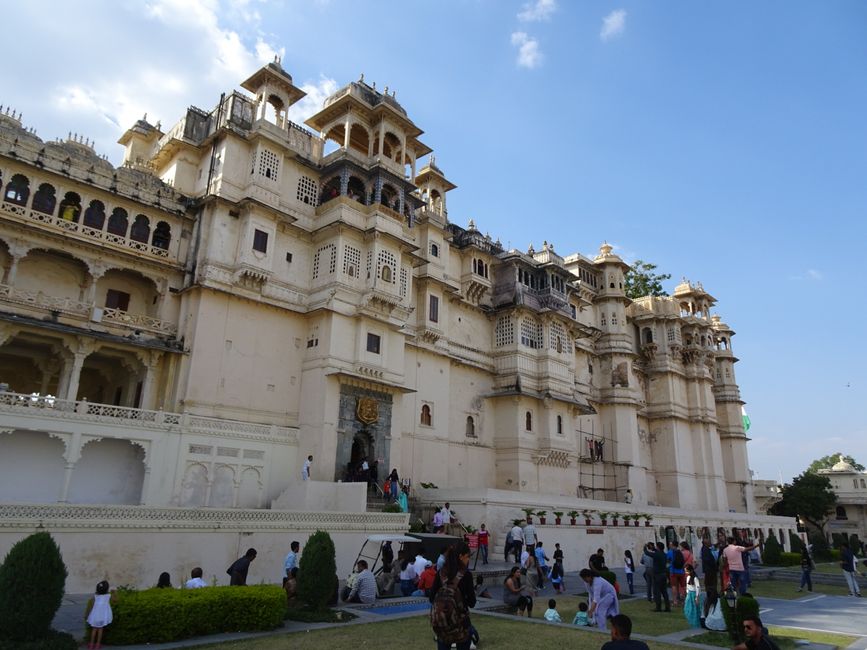
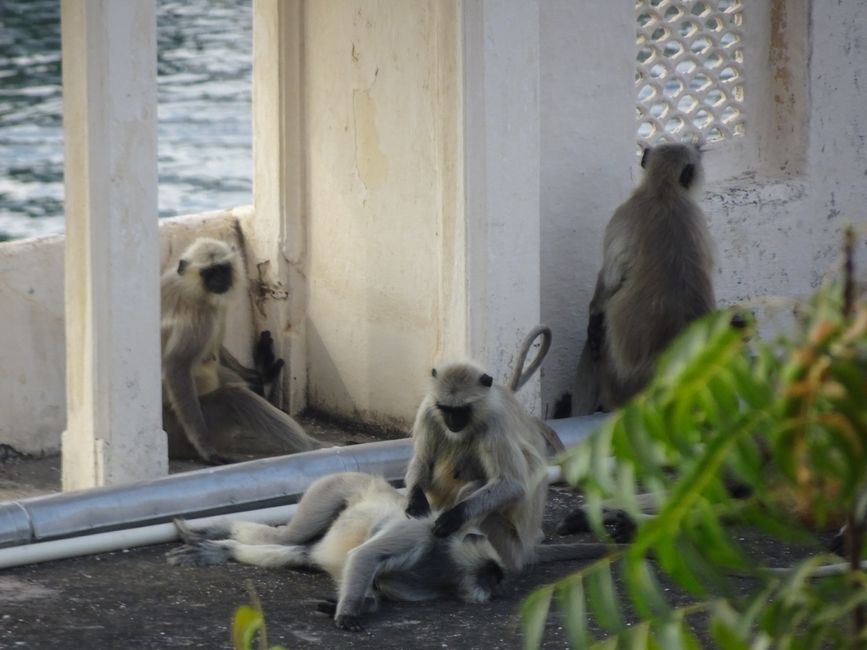
ނިއުސްލެޓަރ އަށް ސަބްސްކްރައިބް ކޮށްލައްވާ
On Sunday, the 23rd of October, I arrived in Delhi, unfortunately just in time for the Diwali festival, the Hindu Festival of Lights, which was supposed to reach its peak on the 24th of October. I took the metro to the city center, the New Delhi station was only one kilometer away from my guesthouse. On the way there, I experienced a terrible crowd of pedestrians, scooters, and tuk-tuks on the street, giving me a taste of what I would expect in the coming days. The Diwali festival is celebrated with fireworks and firecrackers, which kept me awake at night. In the next two days, I visited the city's main attractions, including the Qutb Minar complex dating back to the 12th century with its impressive 72-meter high minaret, the magnificent Humayun's Tomb, India Gate, the Red Fort, and the Indian National Museum. As beautiful and interesting as these places were, my first two days were marked by impressions of a completely chaotic city, unbearable traffic, and people who are often unfriendly and behave inconsiderately. Elbowing your way through the crowd seems to be normal here. If you don't stand at the door of the crowded metro, you have to be afraid that you won't be able to get off because people trying to get on immediately push into the train at every stop. In addition, people here are apparently unable to queue up in line at ticket machines, for example. Everyone pushes forward, so you have to fend for yourself! It takes the police to coordinate things! All in all, these were things that I would not have thought possible based on my previous experiences in Asia. Fortunately, it got a little better when I left Delhi for Agra on the 26th of October.
After a 4-hour train ride, I arrived in Agra in the morning. My accommodation was very nice, with a rooftop terrace overlooking the Taj Mahal. The owner's family was very kind and gave me the valuable tip to wait until the next morning to visit the Taj Mahal in the early morning to avoid the tourist crowds. So on that day, I also visited the Red Fort, which is not as big but more beautiful than the Red Fort in Delhi, and the Itimad ud Daulah, also known as the 'Mini Taj Mahal'. There were a lot of people everywhere, but like in Delhi, most of the visitors were Indian tourists. So on the 27th of October, the Taj Mahal finally was on the program. Getting up early was worth it, and there were only about 15 people in line in front of me at 5:30 in the morning. Half an hour later, I was one of the first in front of this magnificent building, which many consider to be the most beautiful in the world. In 1631, the wife of King Shah Jahan died during the birth of her 14th child, and the king had the Taj Mahal built as a mausoleum for her. I stayed on the grounds until 9 a.m. and was able to witness the changes in the color of the marble caused by the increasing sunlight. The area also gradually filled up, and it is unimaginable how crowded it gets at noon or in the afternoon. Afterwards, I took a bus for a little over an hour to the small town of Fatehpur Sikri, which was the capital of the Mughal Empire for a short time in the 16th century. There, you can admire a huge mosque that sits spectacularly on a rock, as well as the impressive ghost town of the Mughal palace, some of which are in good condition. When I returned to Agra, I took a tuk-tuk to Sikandra to visit the mausoleum of Mughal ruler Akbar from the same time. In addition to the very worth seeing building, there are deer, peacocks, and monkeys on the grounds. So on that day, I had a cultural program for a total of 13 hours, a record on my journey so far!
The next day, I left Agra for Jaipur, the capital of Rajasthan. Jaipur, together with Delhi and Agra, forms the so-called Golden Triangle because of the large number of sights. On the same day, I visited the magnificent City Palace. It was still very busy, as there were school holidays all week because of Diwali. I also spent the next two days in the city, and the highlight was definitely the Amber Palace, located just outside Jaipur. The people in Jaipur are friendlier than in Delhi, and I have good memories of my stay there. However, the traffic is often very chaotic here as well, and the city, like Delhi and Agra, is very dirty in many places. There is no garbage collection in India either! I ignored pushy sellers by now. I spent the evenings in Jaipur on the rooftop terrace of my guesthouse, often in the company of other guests. The owner's family was very hospitable, gave me many useful tips, arranged my train ticket for the onward journey to Jodhpur free of charge, and even called a hairdresser who cut my hair at the house. So on the 31st of October, I continued by train to Jodhpur, where the huge fortress is the main attraction. But the entire old town is worth seeing, with most houses painted blue. Like in all of Rajasthan, Jodhpur impresses with its combination of Islamic and Hindu culture. Men with red turbans, veiled Muslim women, and Hindus in colorful saris dominate the streets. Add to that the mixture of smaller mosques with minarets and Hindu pagodas! Rajasthan is very diverse and colorful! Jodhpur is already located in the semi-desert or on the edge of the vast Thar Desert, which extends to Pakistan. On my bus ride to Jaisalmer on the 2nd of November, I finally arrived in the desert. The buildings in Jaisalmer and the huge fortress are built of sandstone and are therefore yellowish-red, depending on the sunlight. There are colorful markets everywhere and people in colorful clothing. Jaisalmer is as one would imagine a city from One Thousand and One Nights. My accommodation was located directly in the fortress. Today, about 2,000 people live within the fortress walls. The town is very pleasant and offers the opportunity to take camel tours with overnight stays in the desert, but I decided not to do that because time was running out. My visa for India is limited to one month, and I decided to spend two weeks in the north and two weeks in the south. So on the evening of the 3rd of November, I took the overnight bus from Jaisalmer to Udaipur, which took 11 hours. The journey was fine, although I could only sleep for a few hours. Udaipur is located very romantically on a lake and has a magnificent palace that served as a location for the James Bond film Octopussy in 1983. They also filmed on the lake on an island that I could visit on a boat tour. In Udaipur, I also had connections with the very nice family of the landlord in the same house. On the first evening, I had a beer on the rooftop terrace with my landlord, overlooking the illuminated City Palace. After one last walk in the city, I went to the airport on the 6th of November to fly from there via Mumbai to Goa in southern India.
All in all, it is a bit of a pity that my visa is only valid for one month. I would have liked to stay in Rajasthan for 5 or 6 days longer and include a few outdoor activities outside the cities. However, that was not possible due to the shortness of time, as it would not have been worth it to fly to the south. My interim conclusion on India is generally positive, although it was certainly a mistake to have been in Delhi at the beginning. The smaller the cities are, the more pleasant it is. The Indian food is great, at least in the north, not as spicy as expected, and very diverse, although most restaurants are vegetarian. Additionally, relatively little rice is eaten in the north. The classic side dish is fresh flatbread called Roti or Chapatti.
ނިއުސްލެޓަރ އަށް ސަބްސްކްރައިބް ކޮށްލައްވާ
ޖަވާބު (1)
Jan-Ove
Der Didi war heute auch beim Inder und hat so ein Roti gegessen. Saugeile Reiseberichte. Hauptsache in Nepal noch das Geld von der Agentur zurückbekommen. 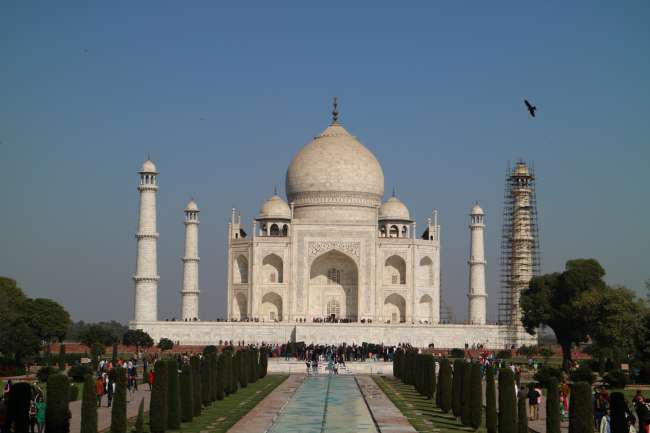
ދަތުރު ރިޕޯޓްތައް އިންޑިއާ
